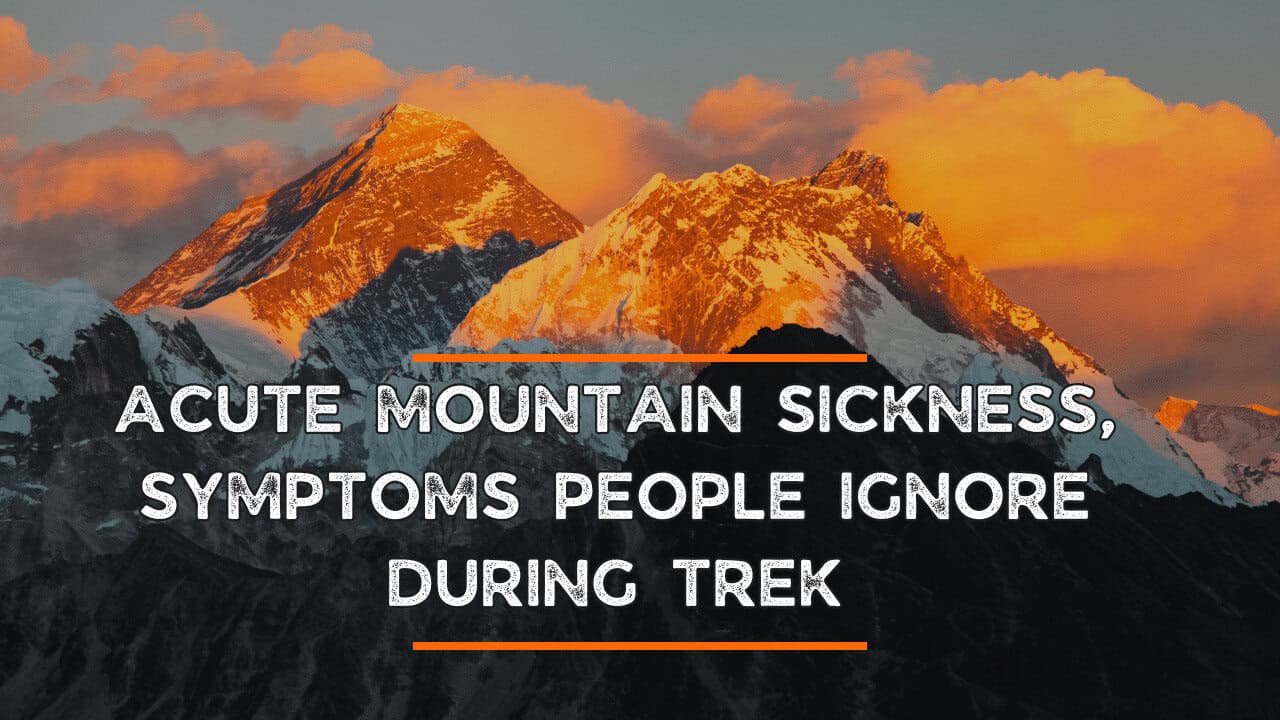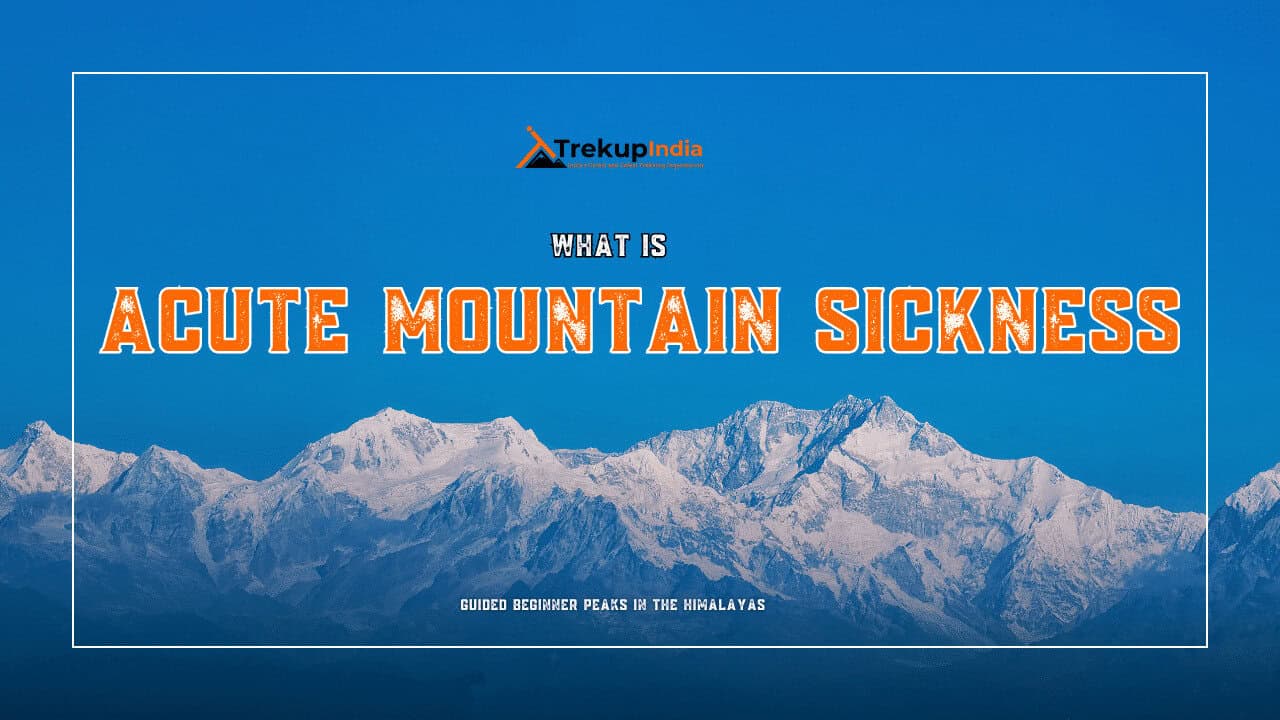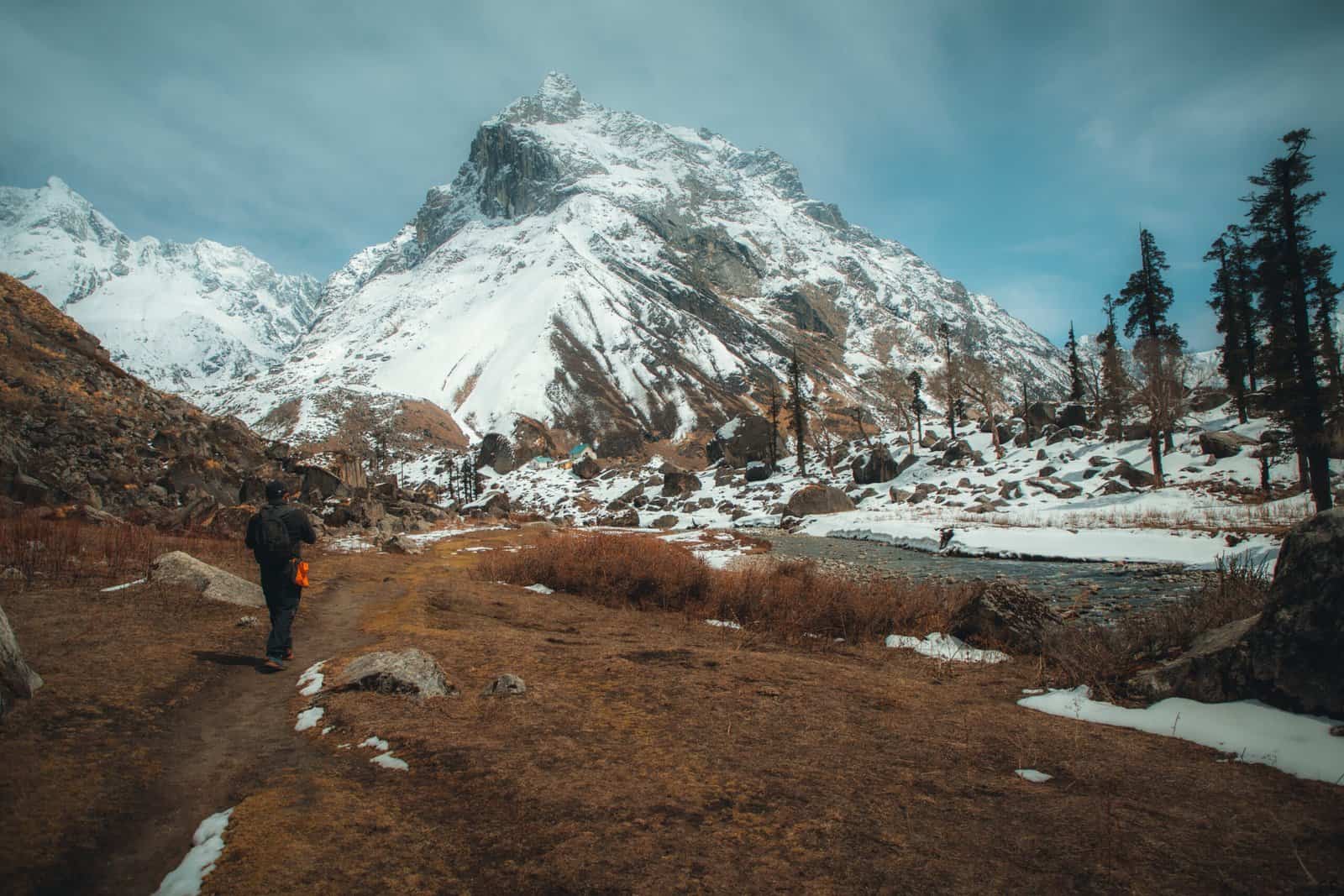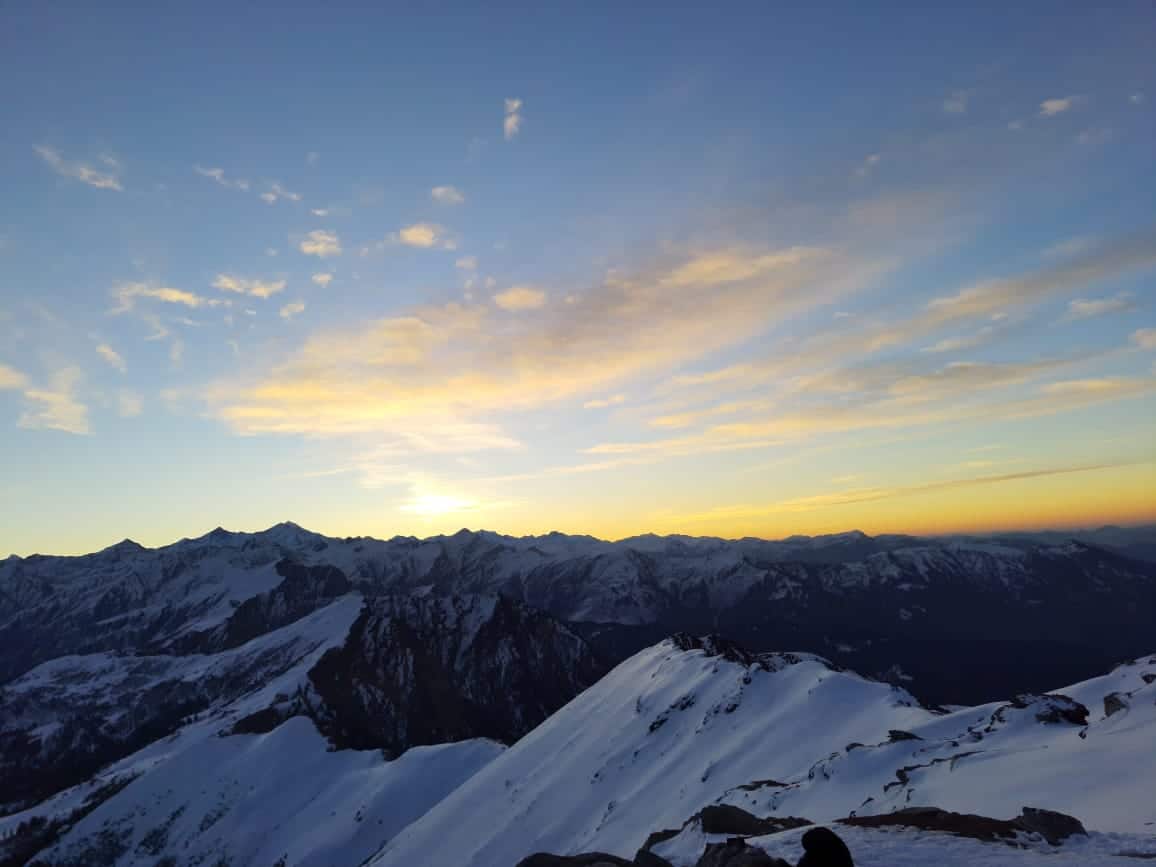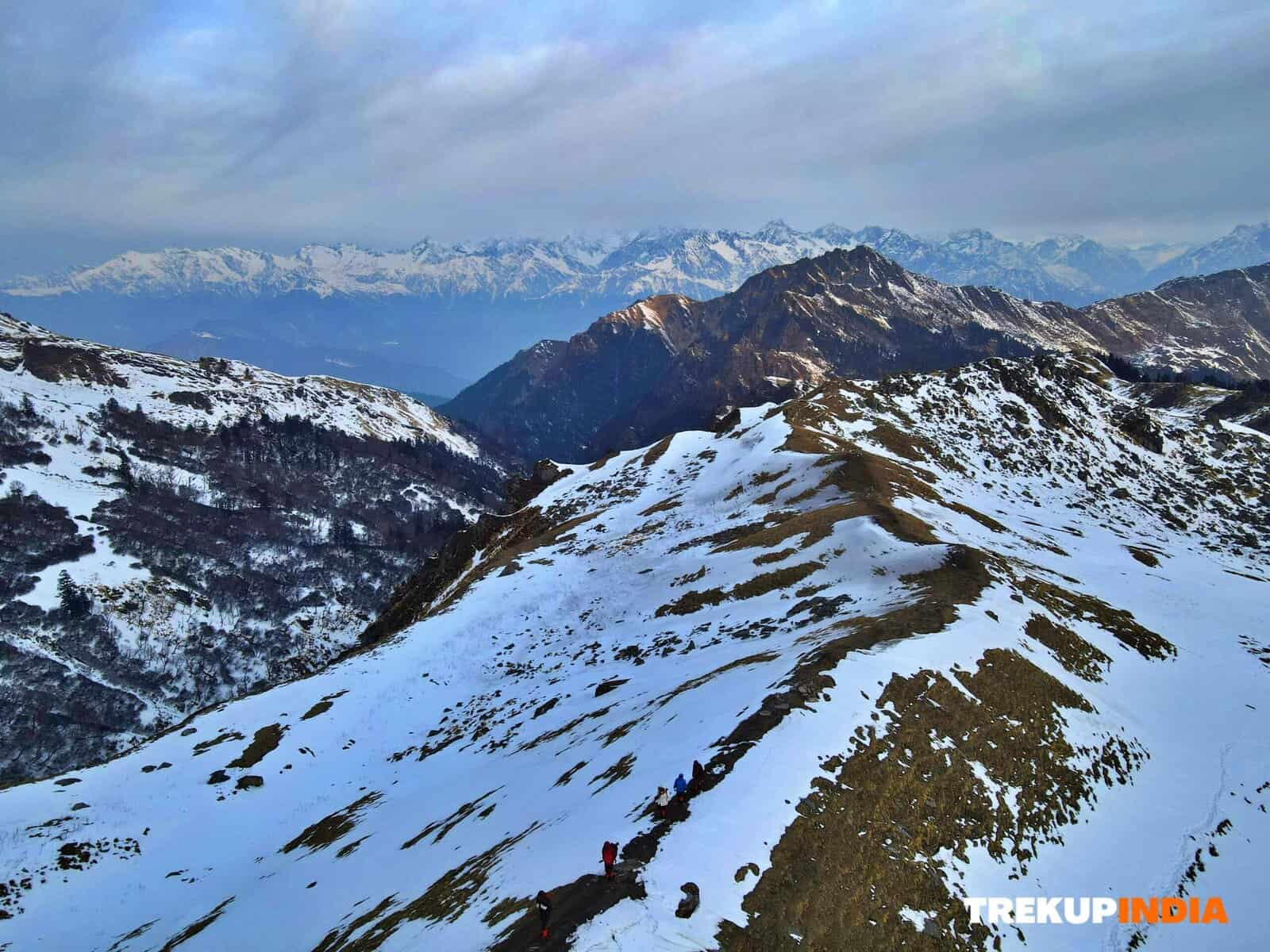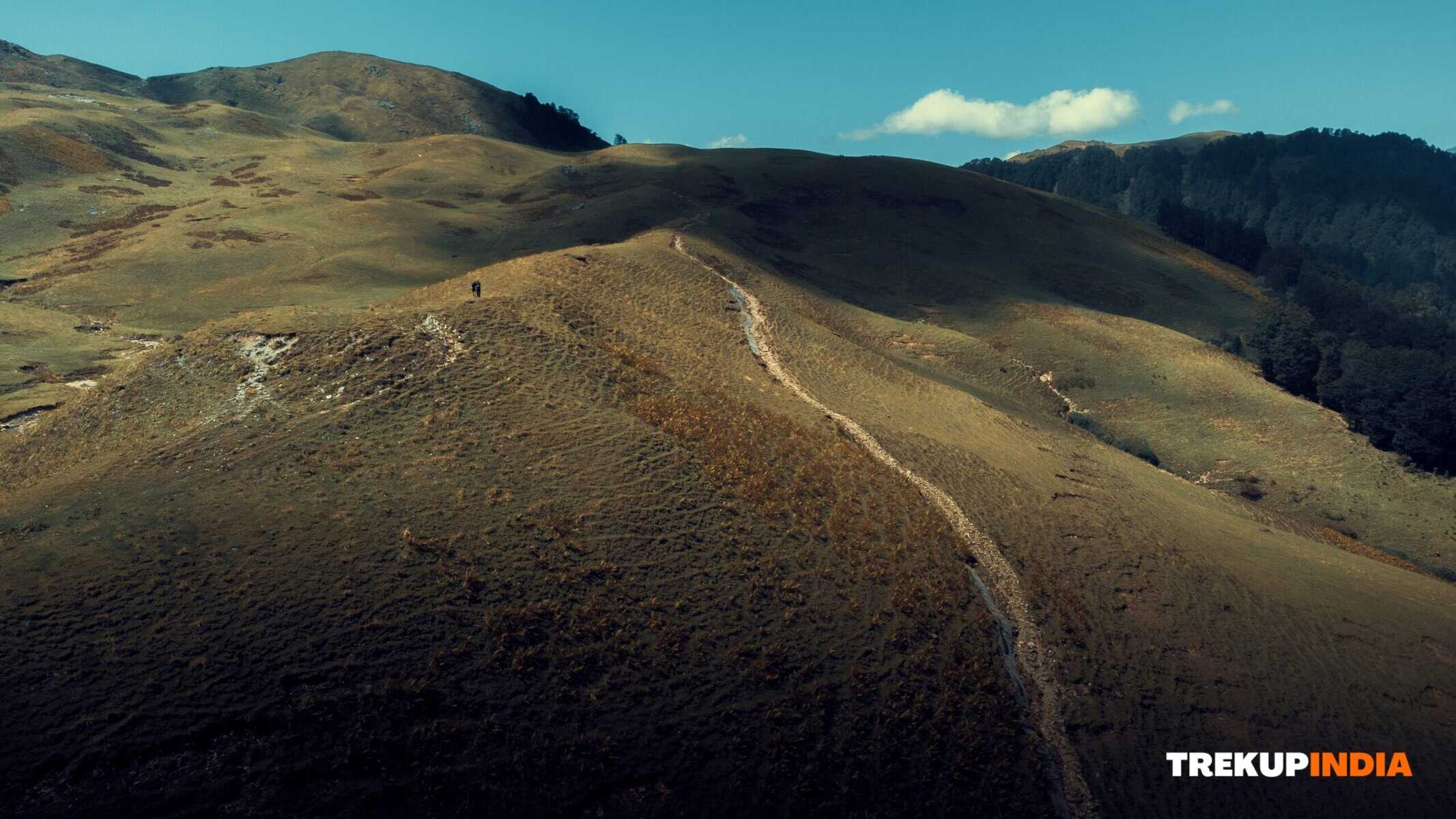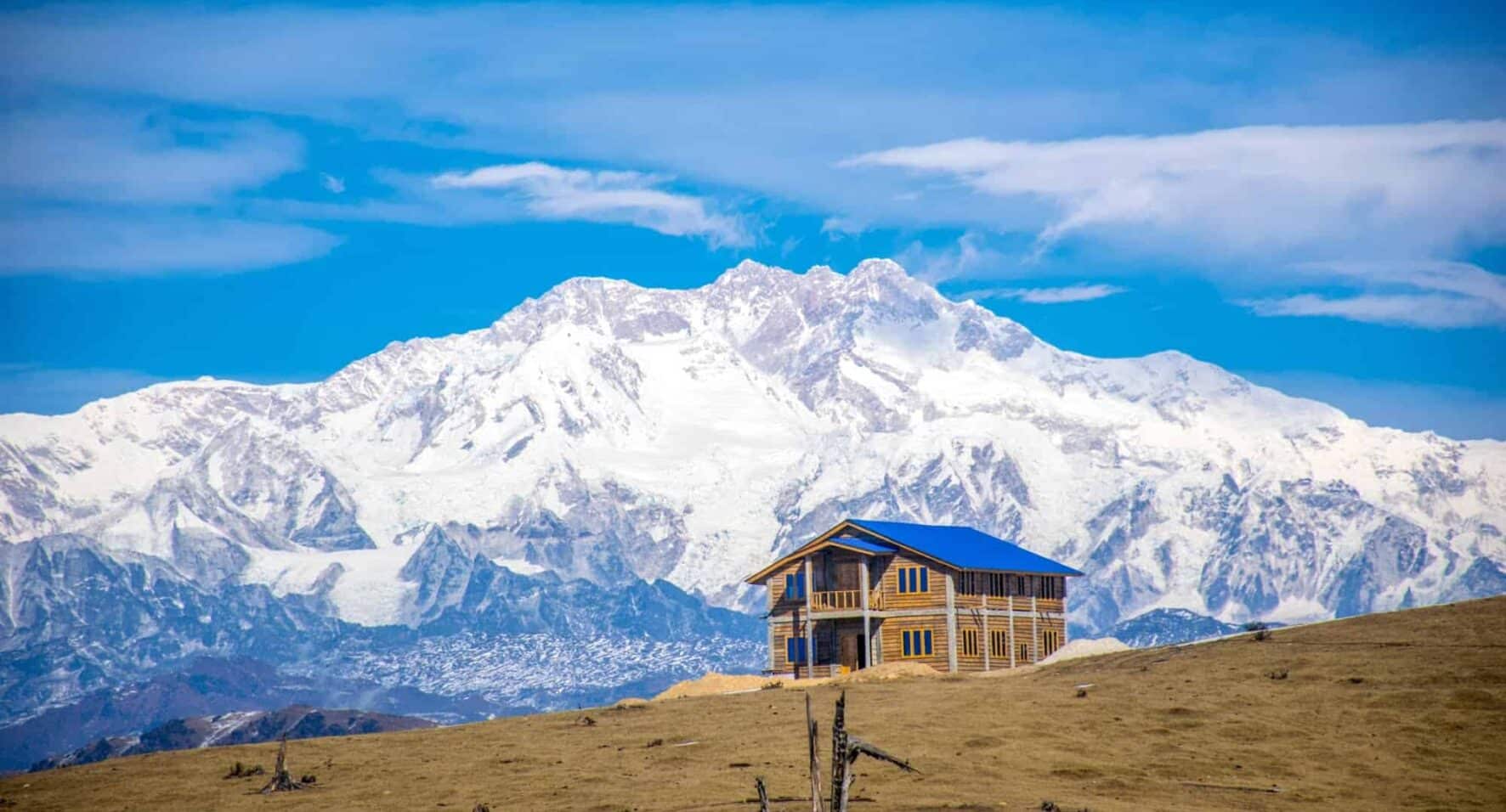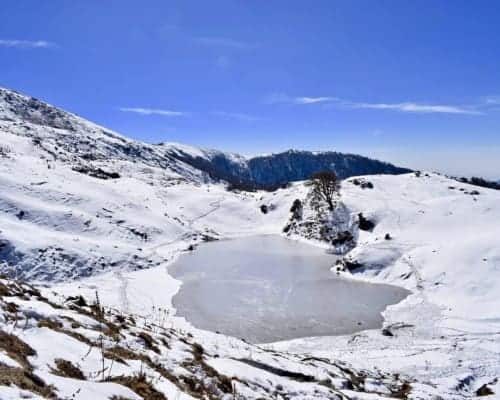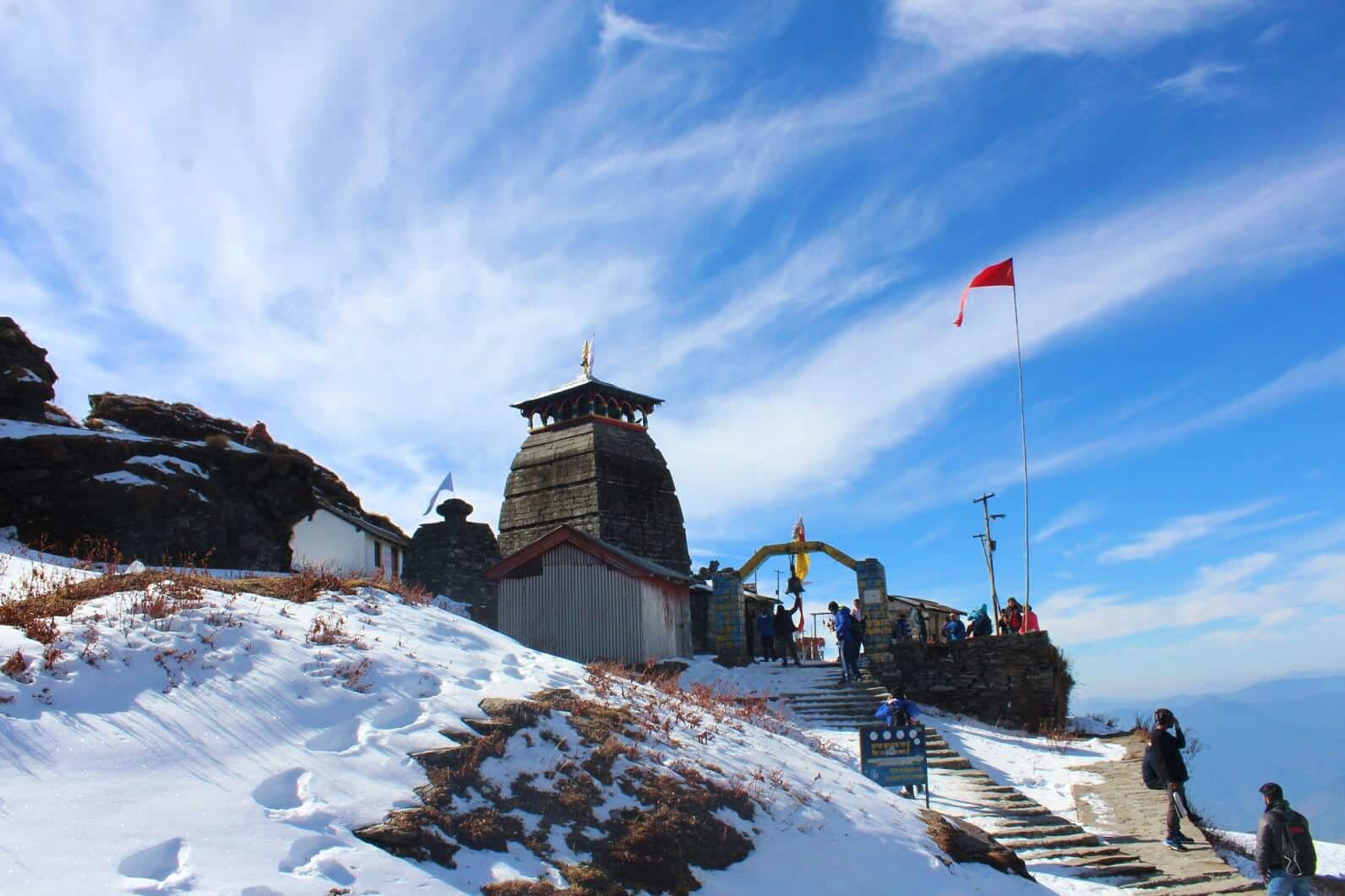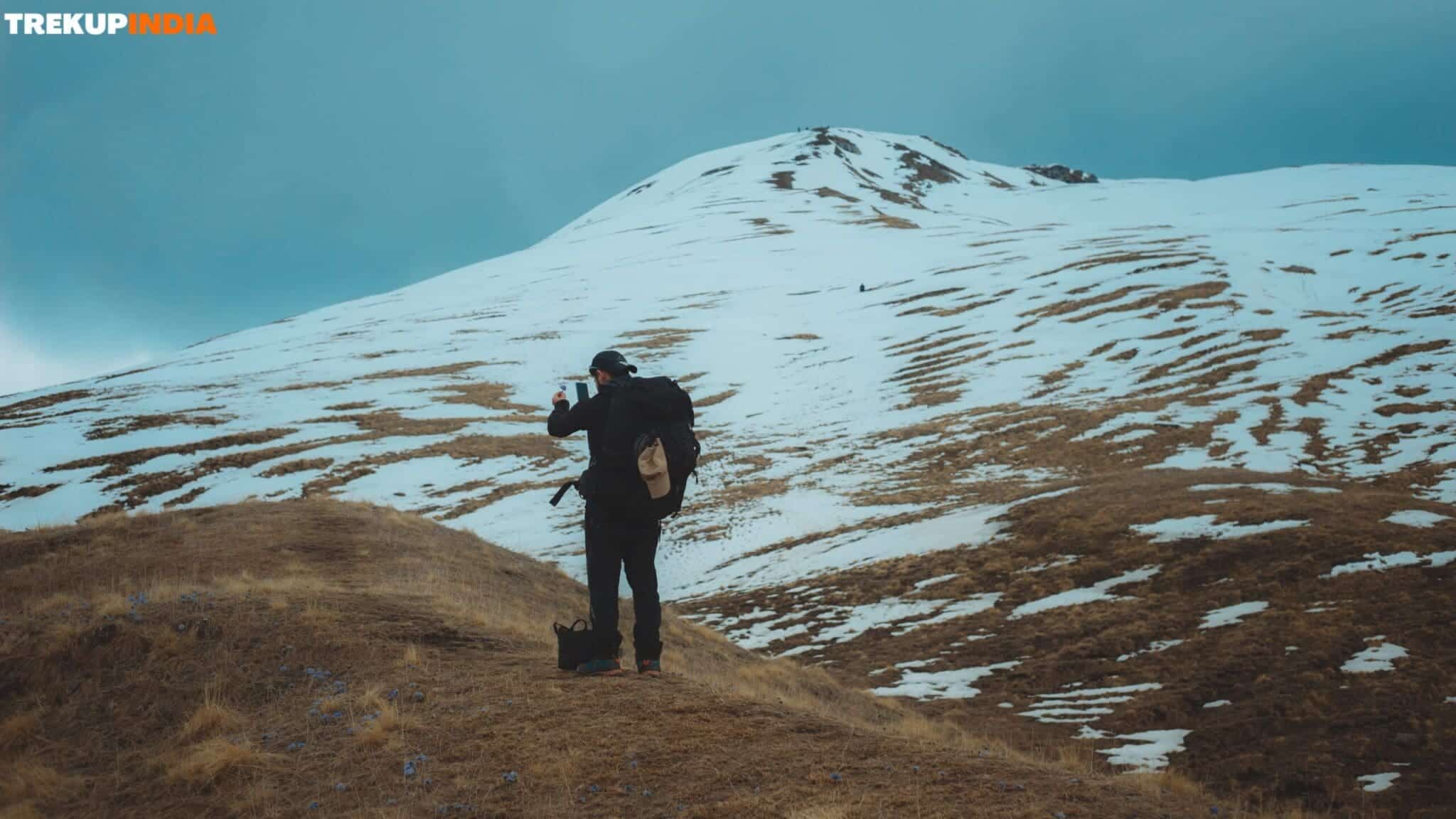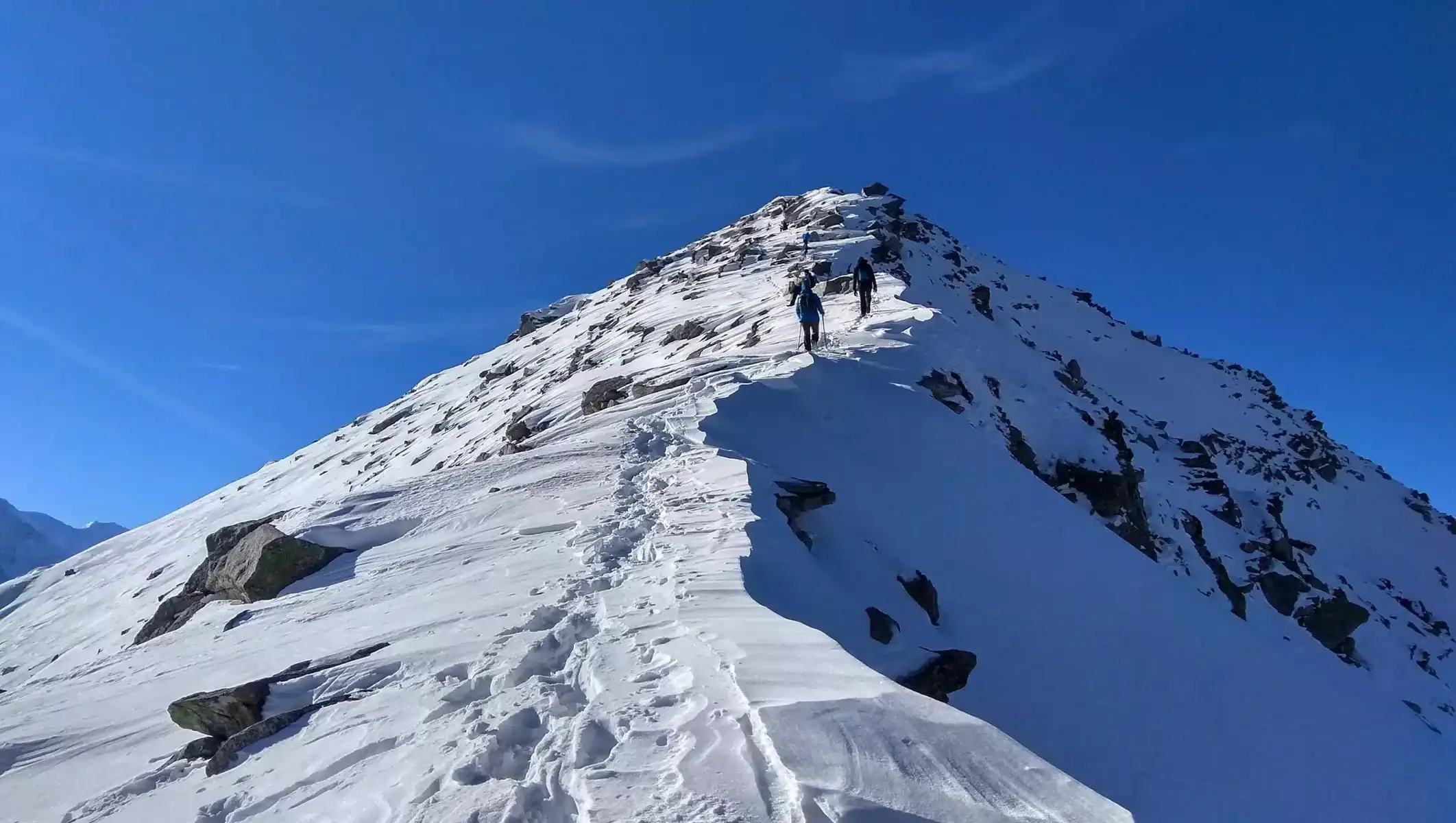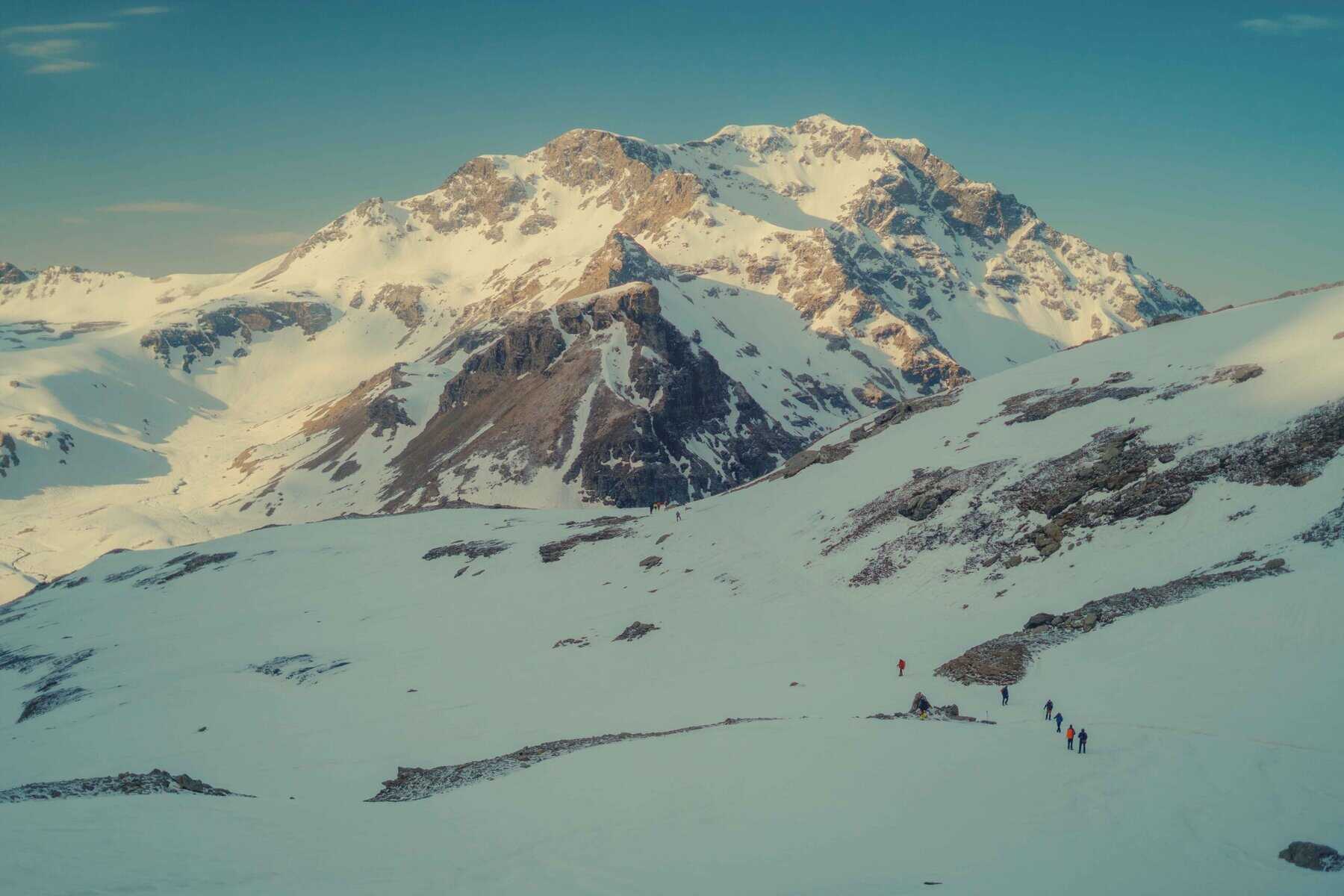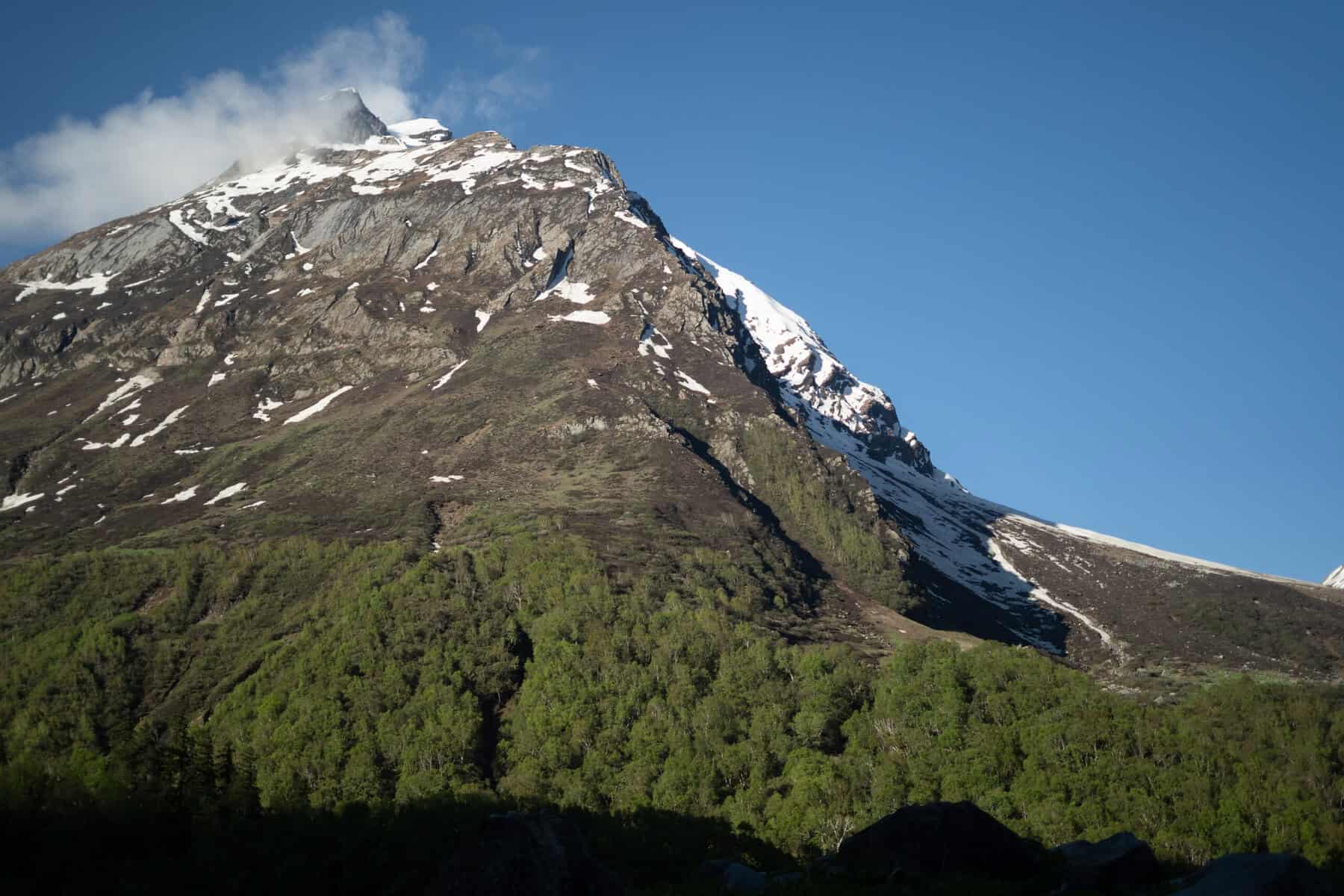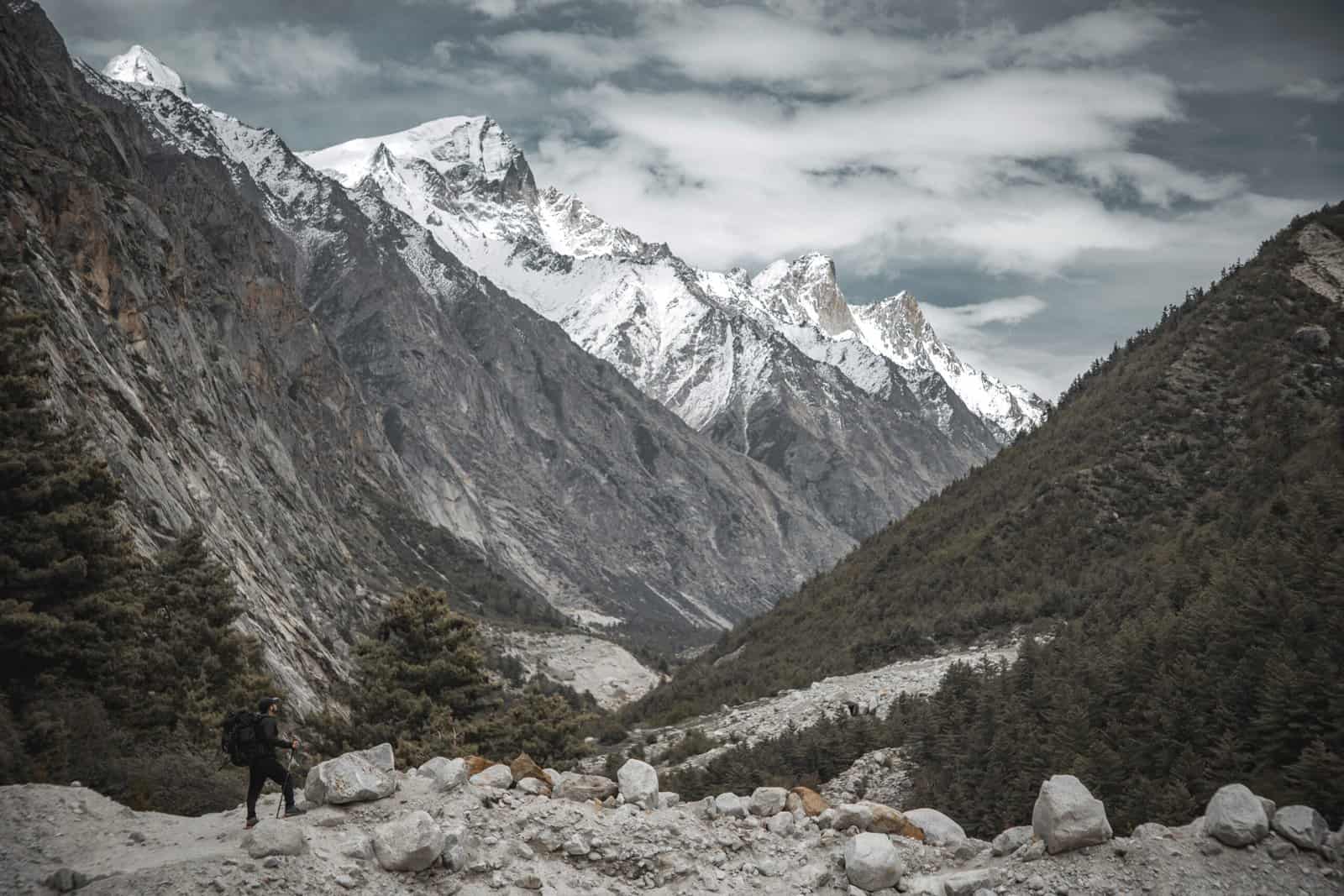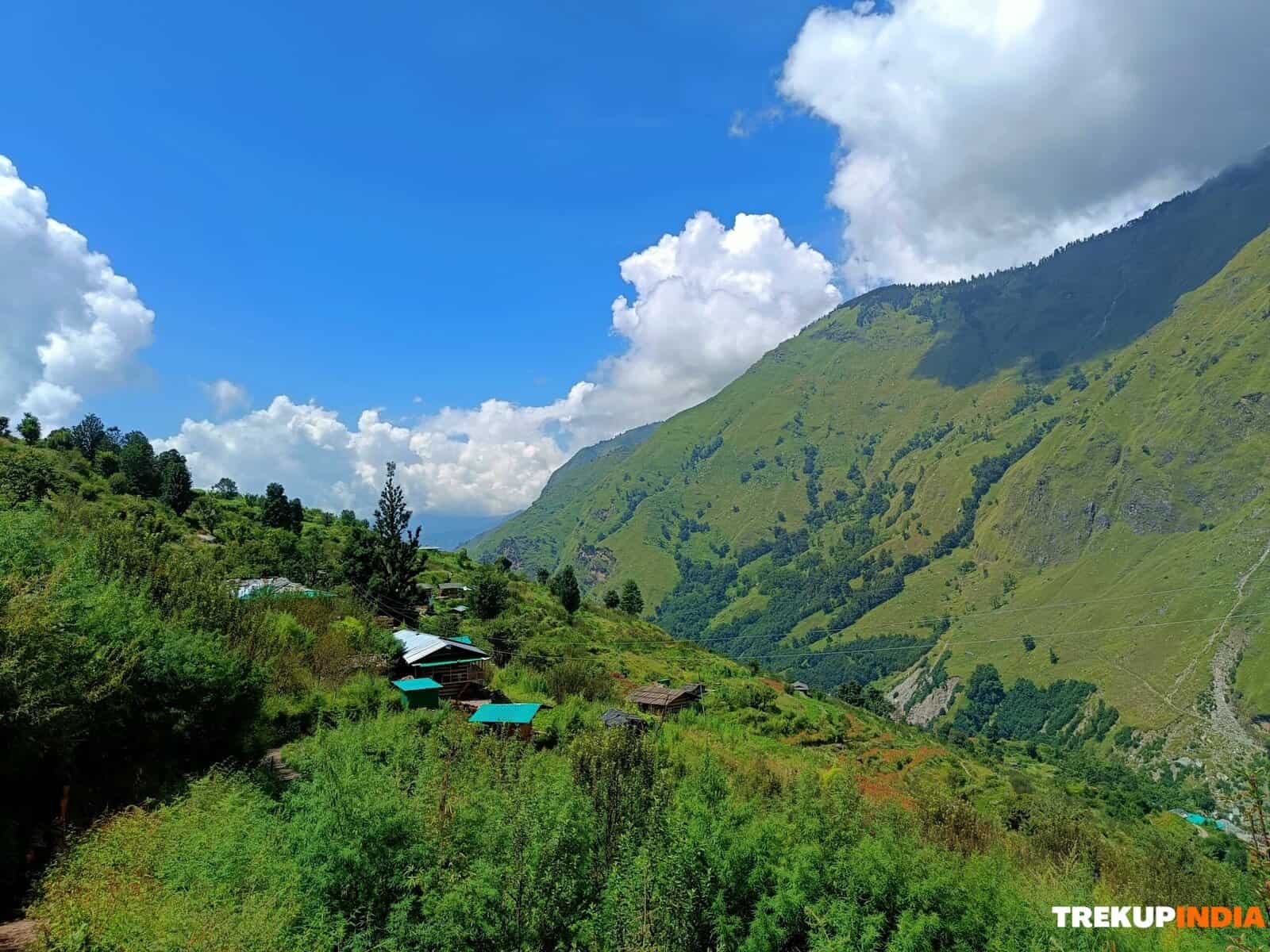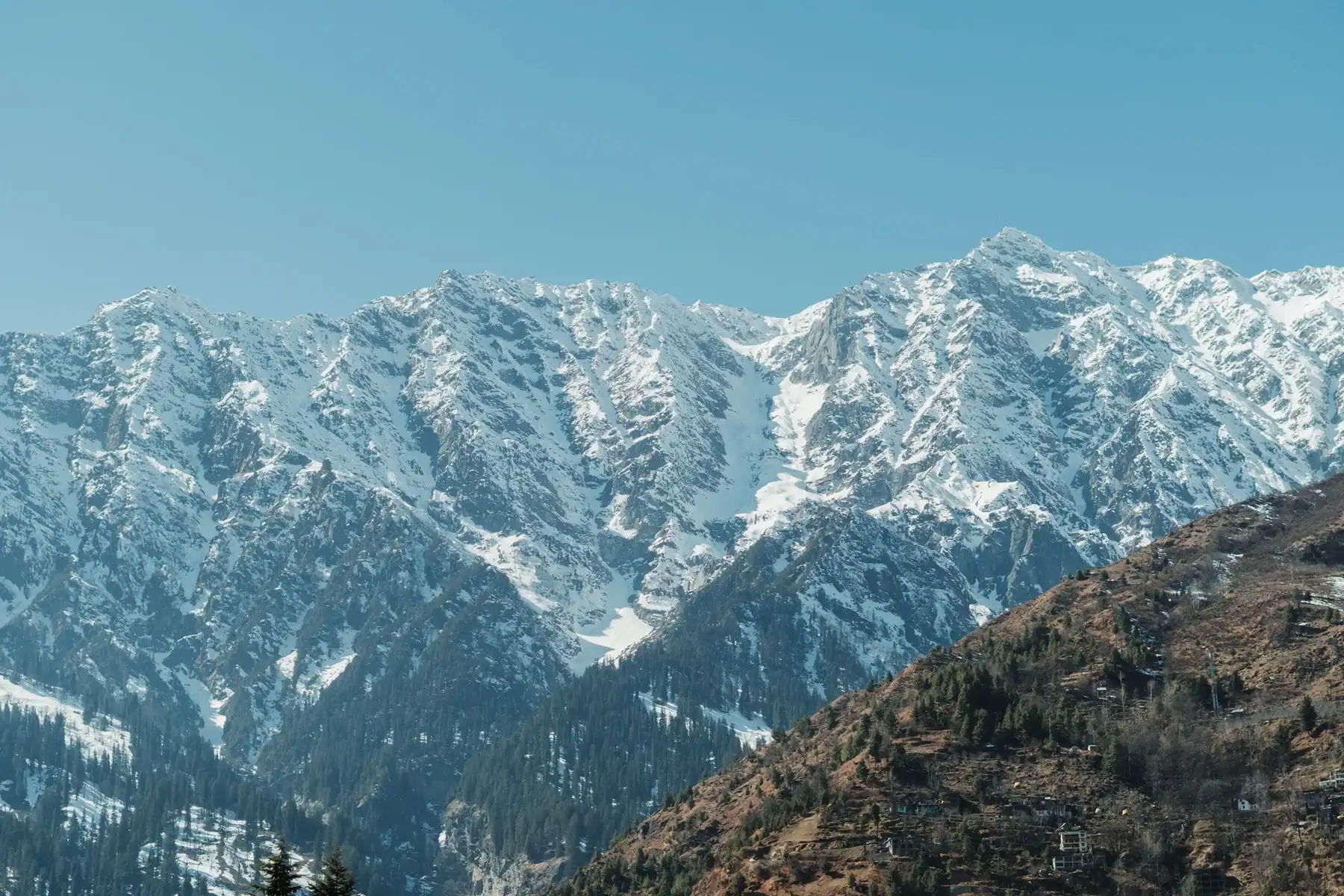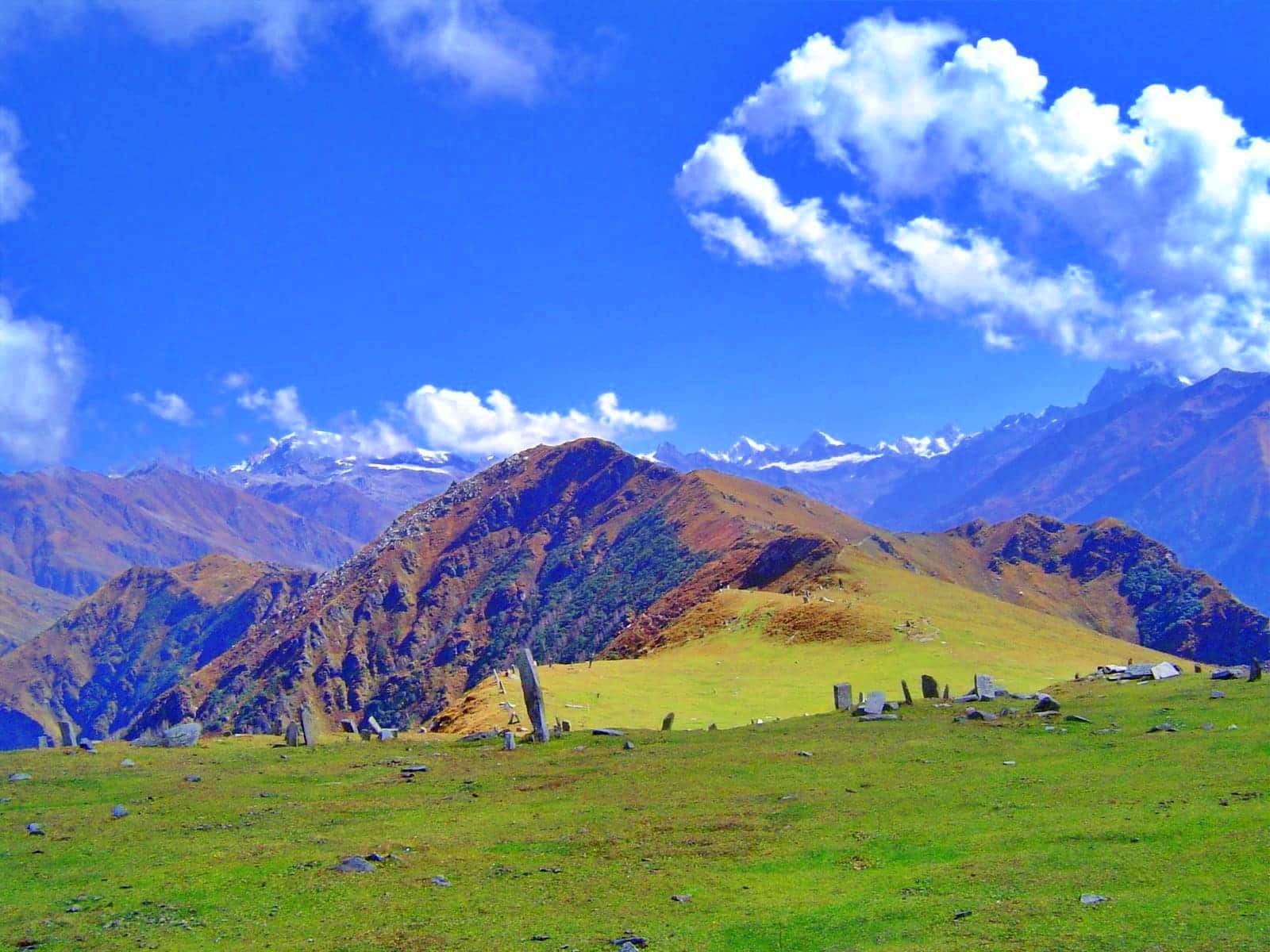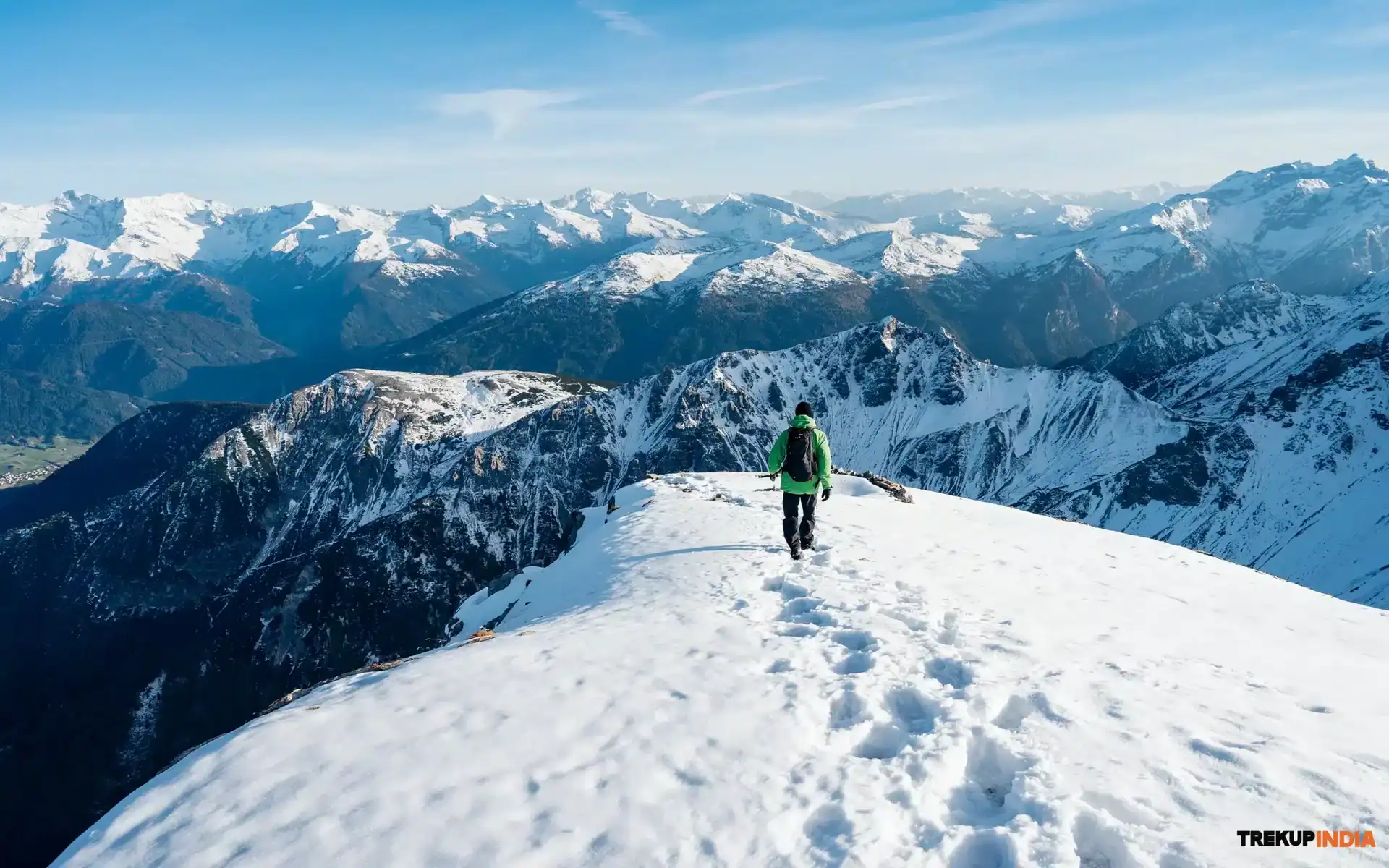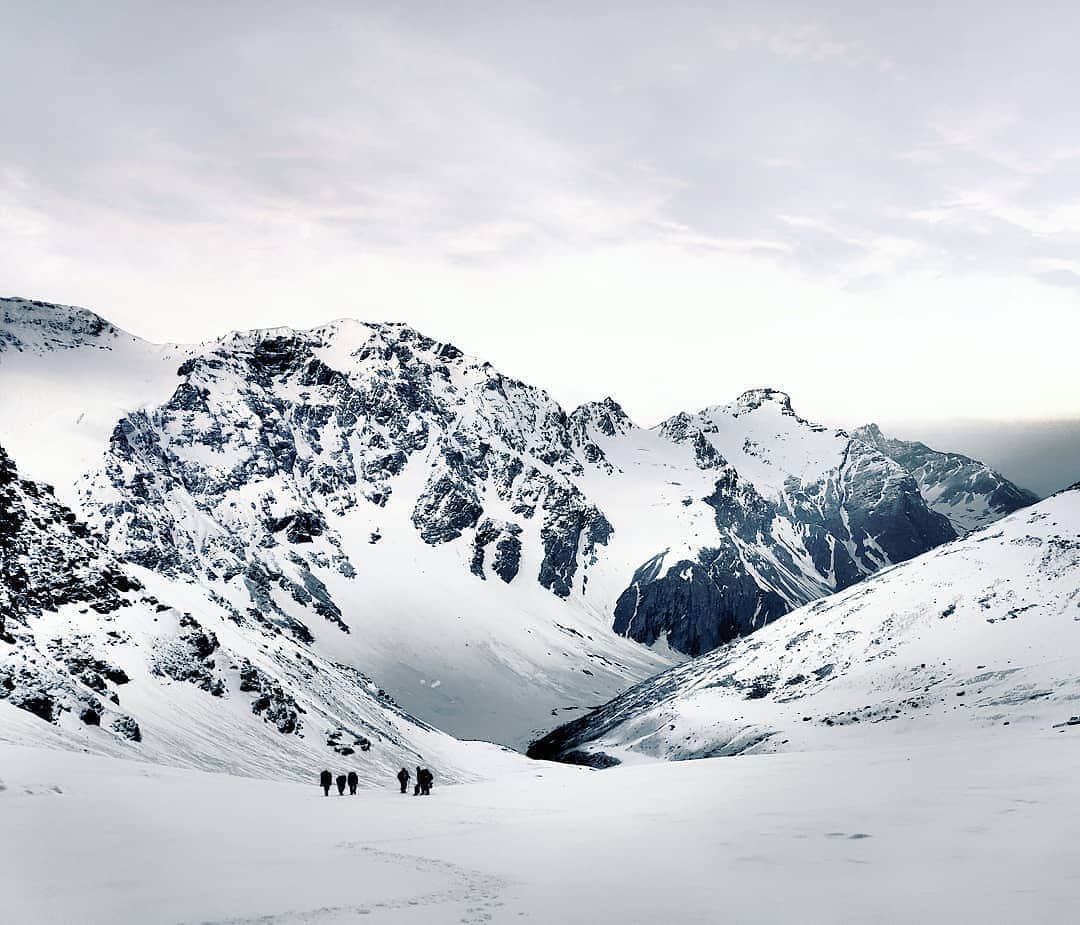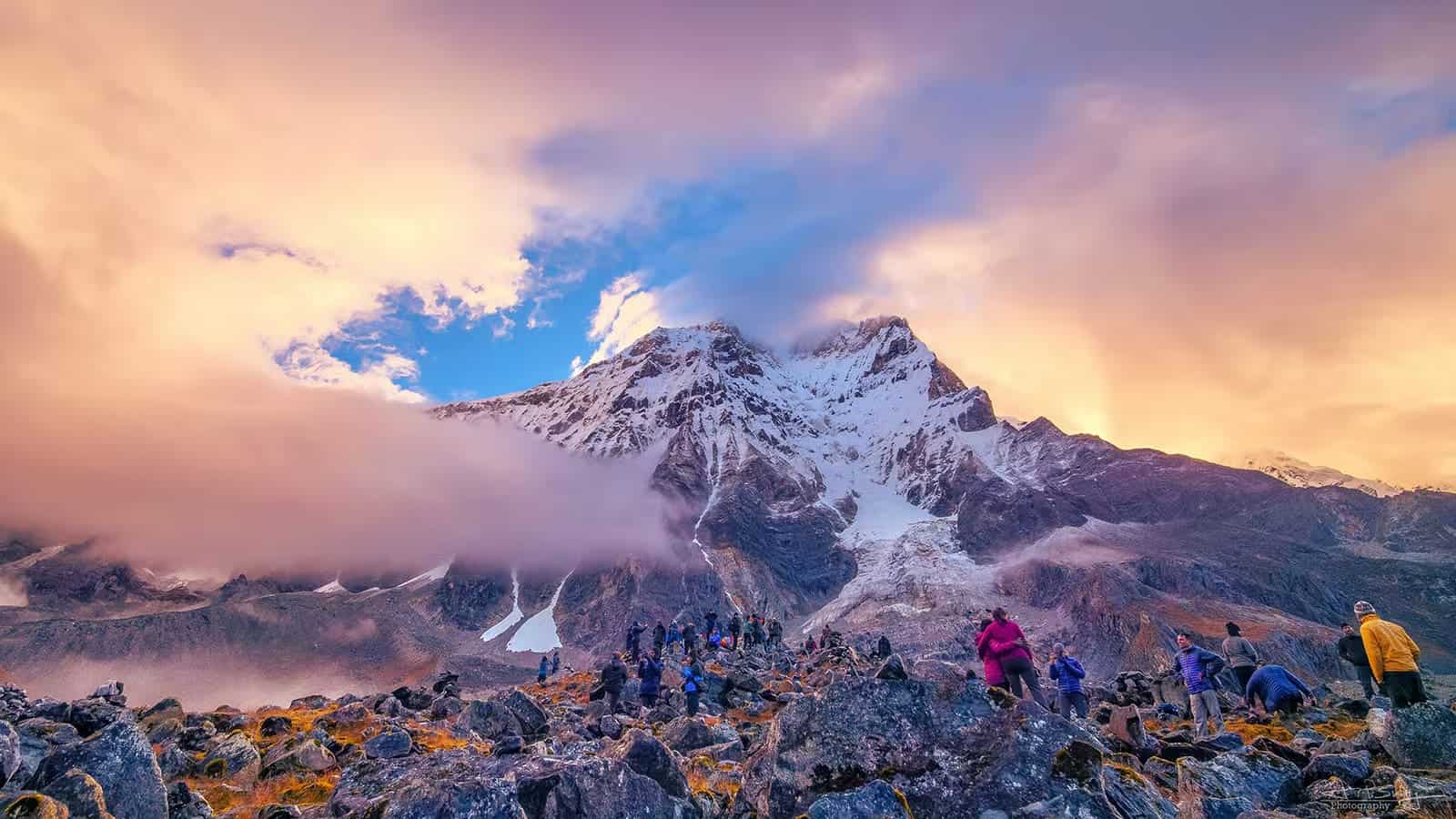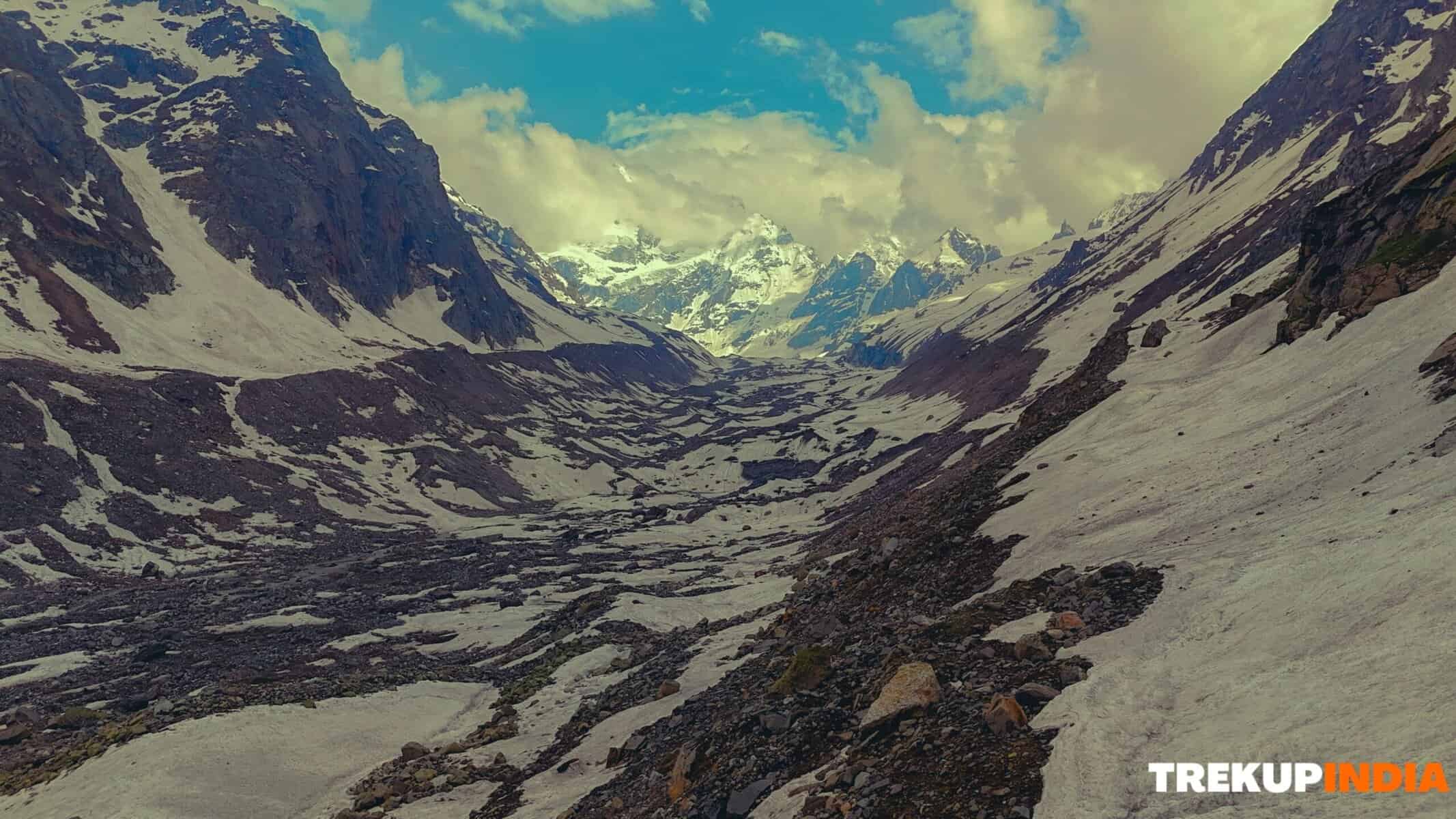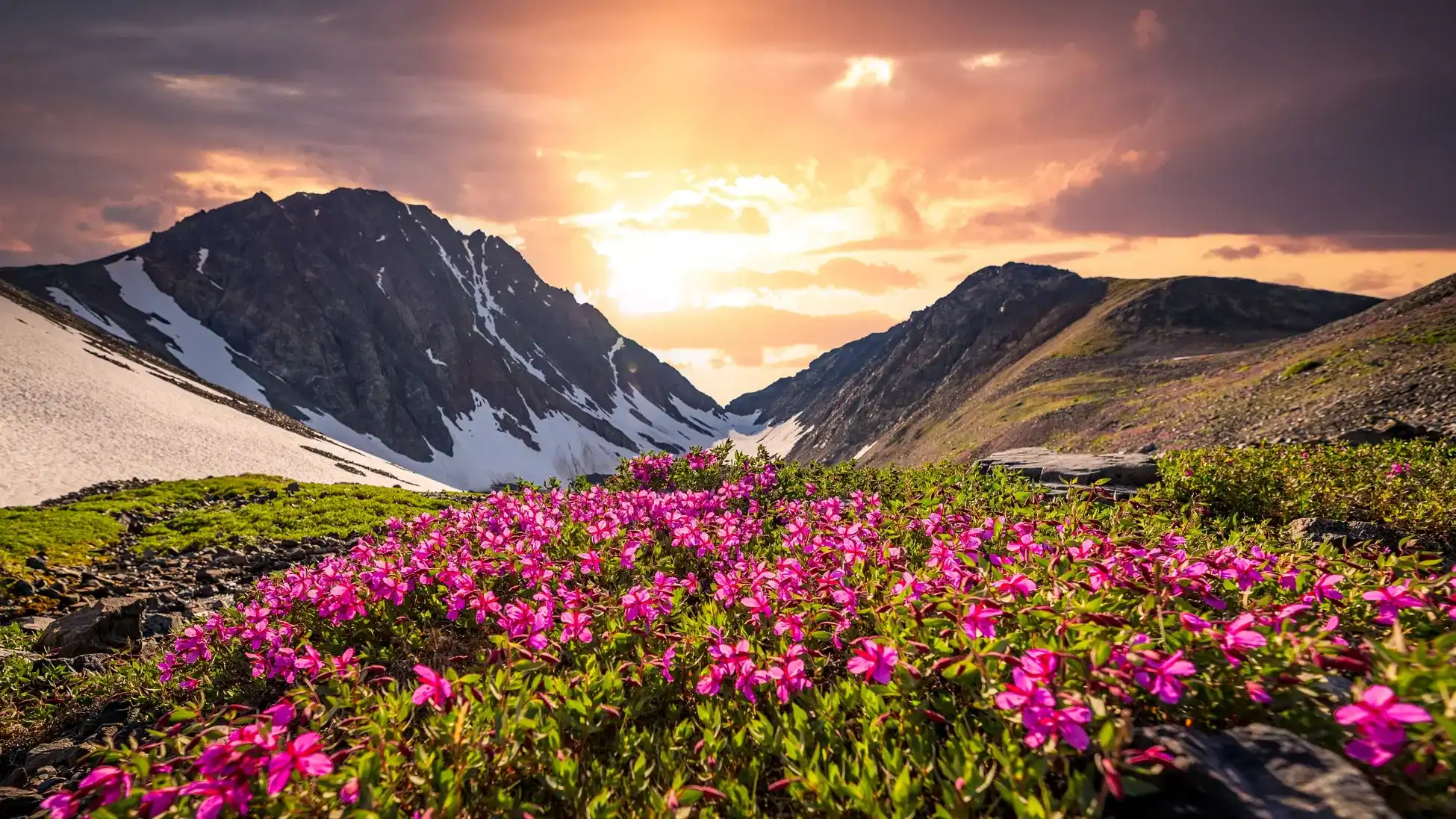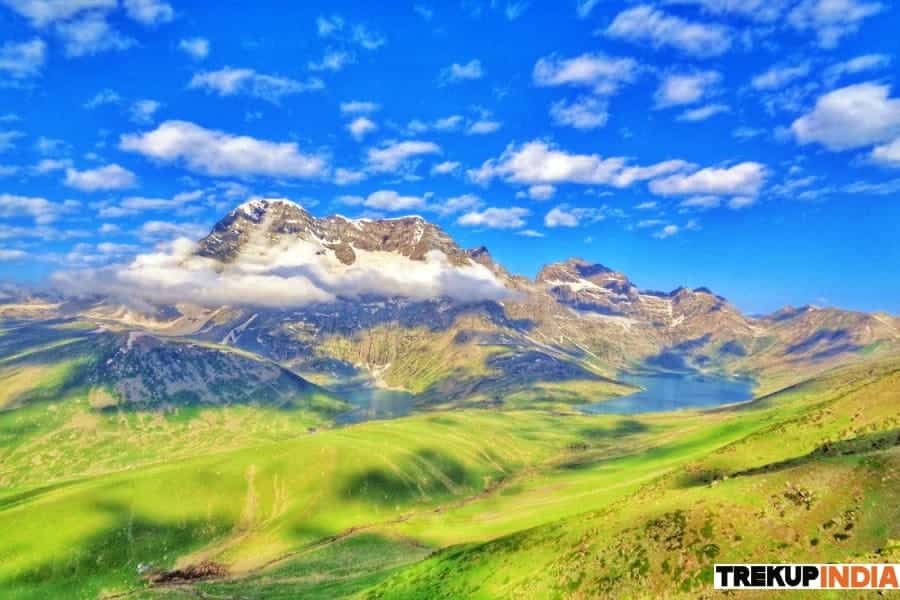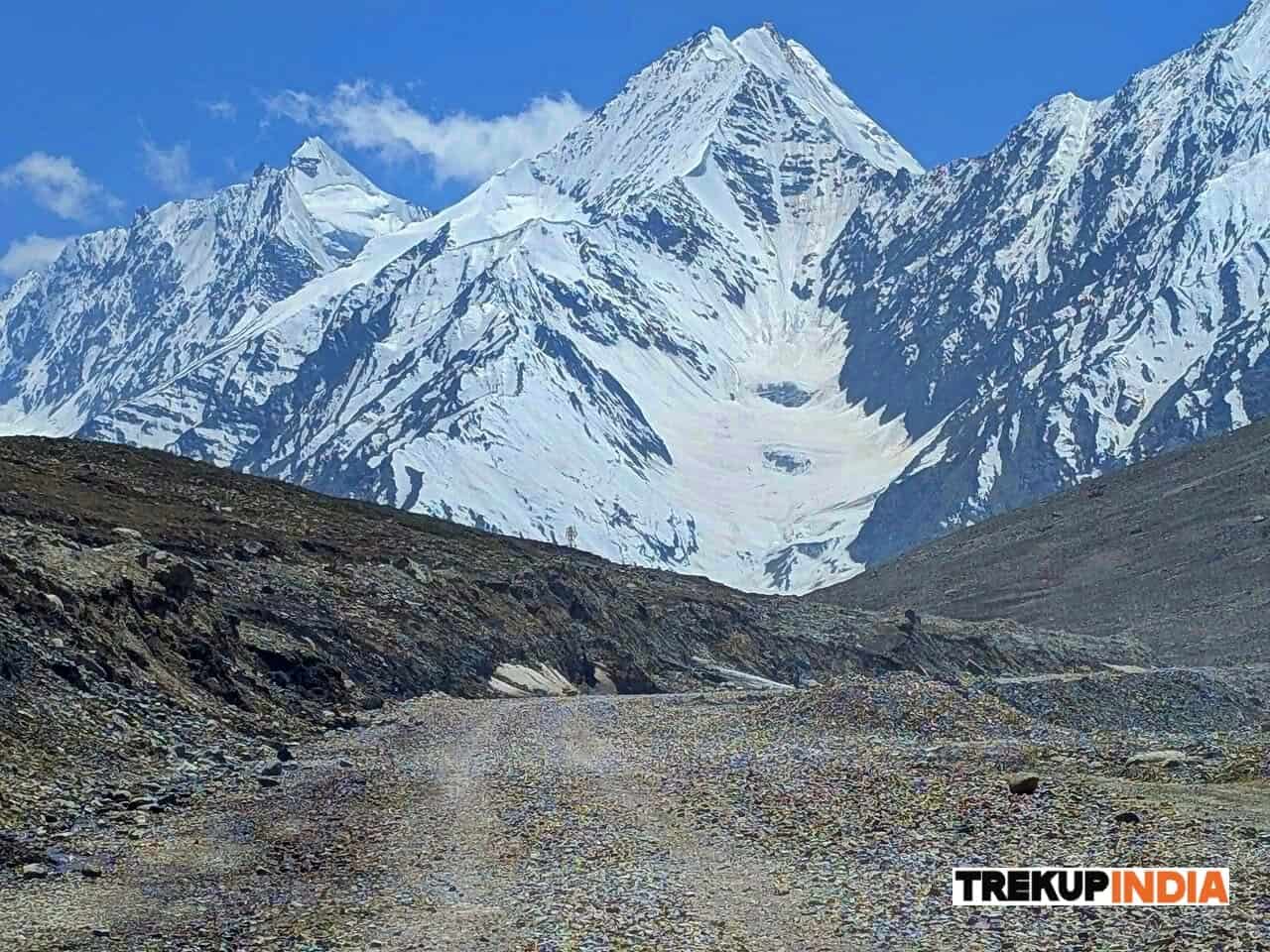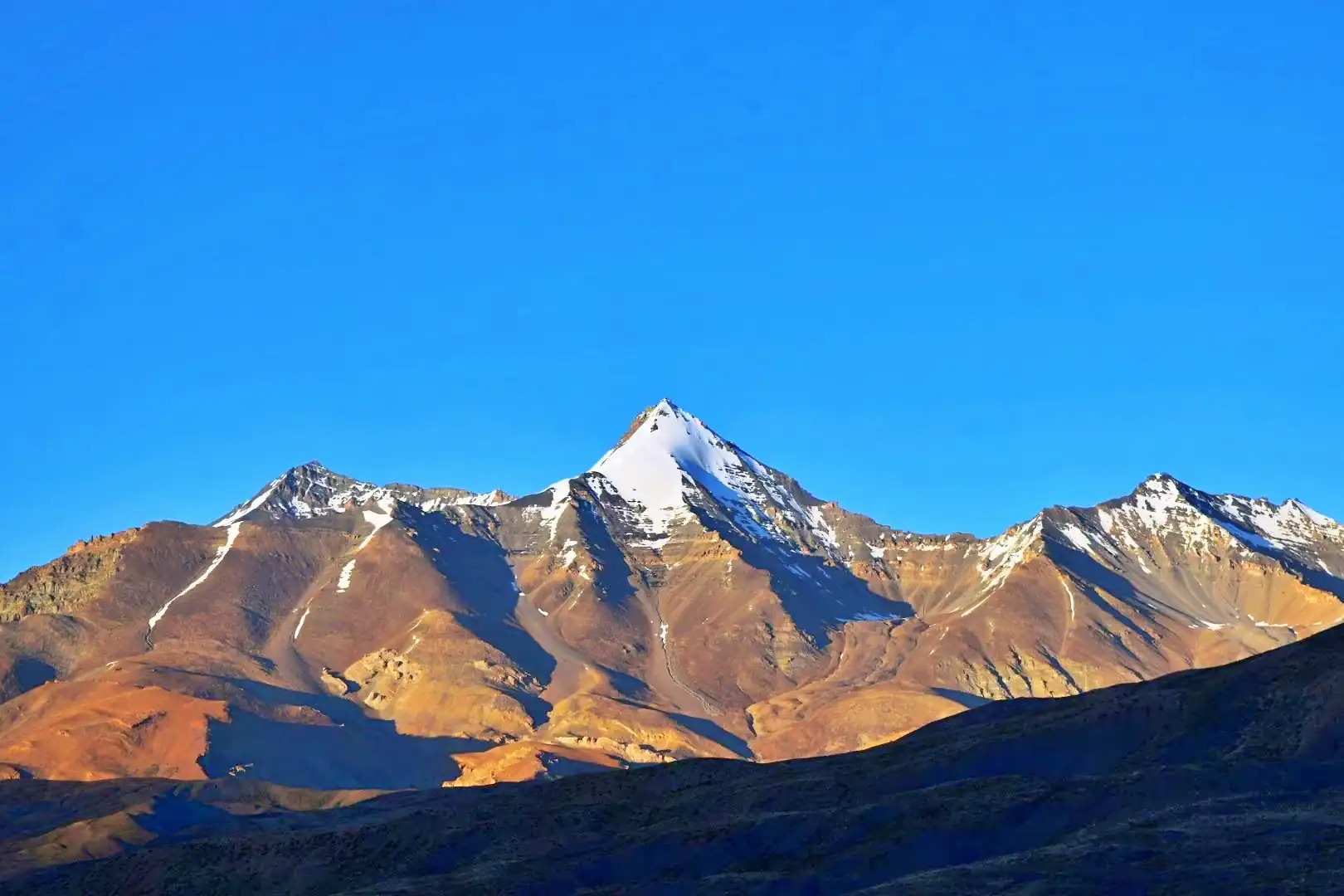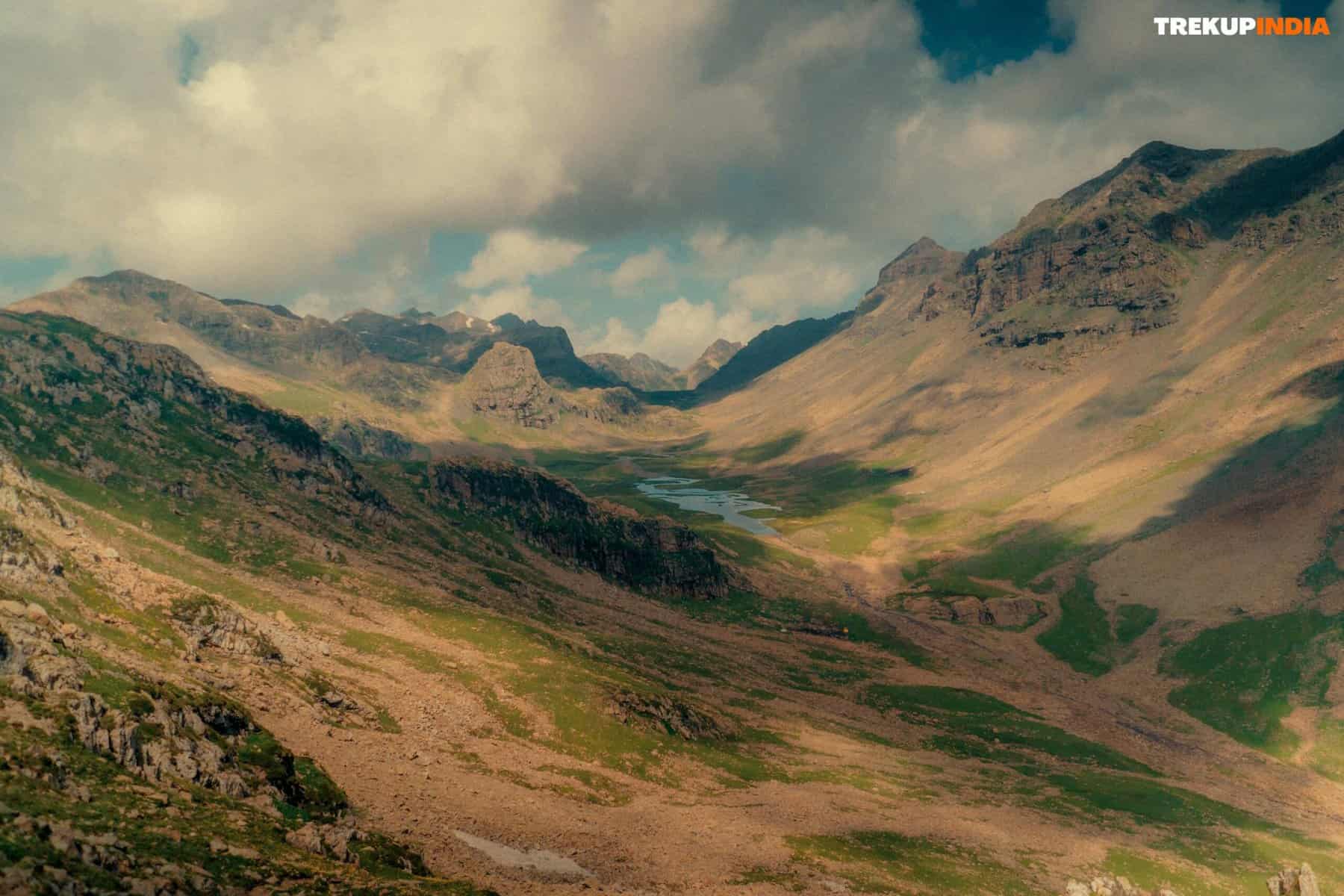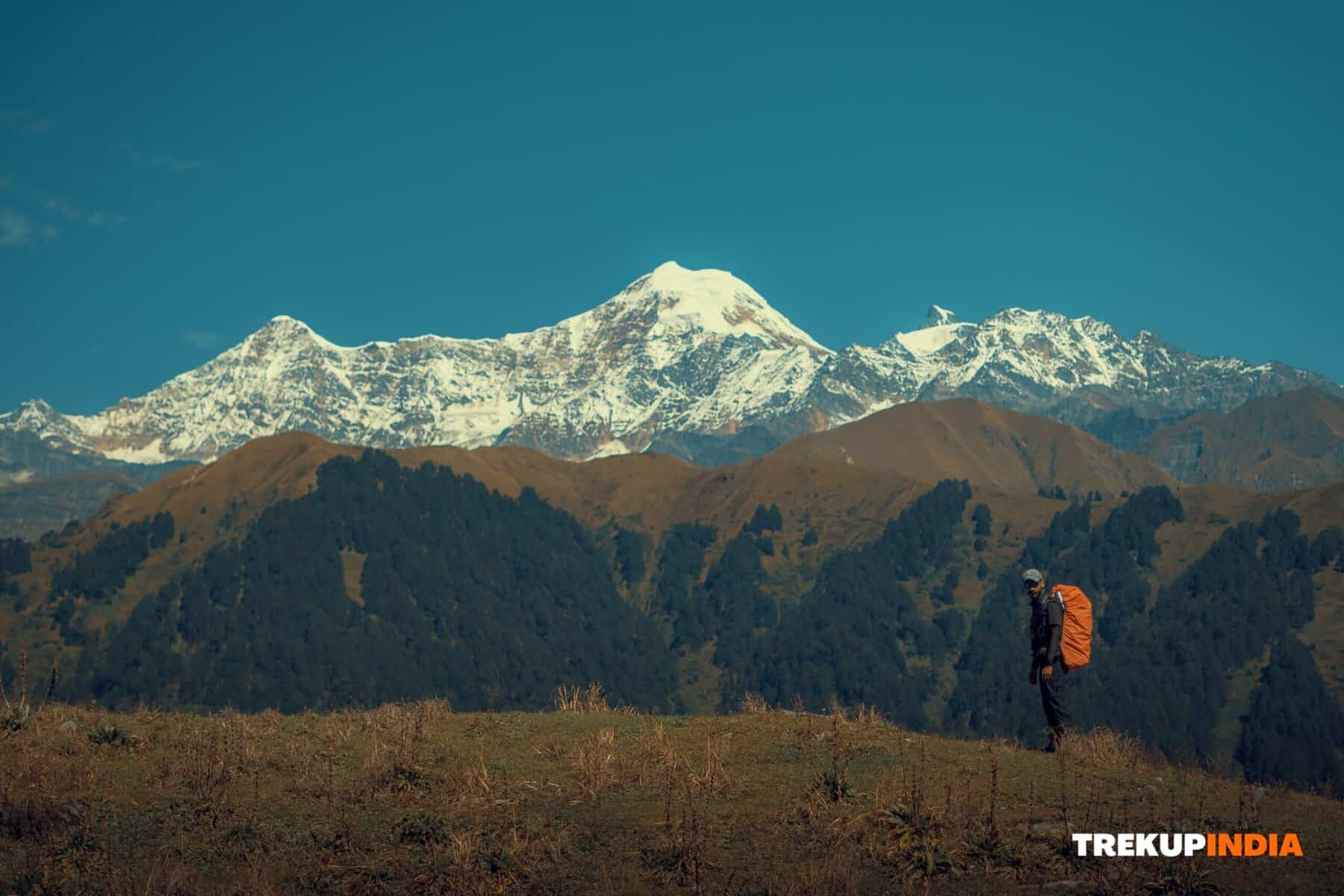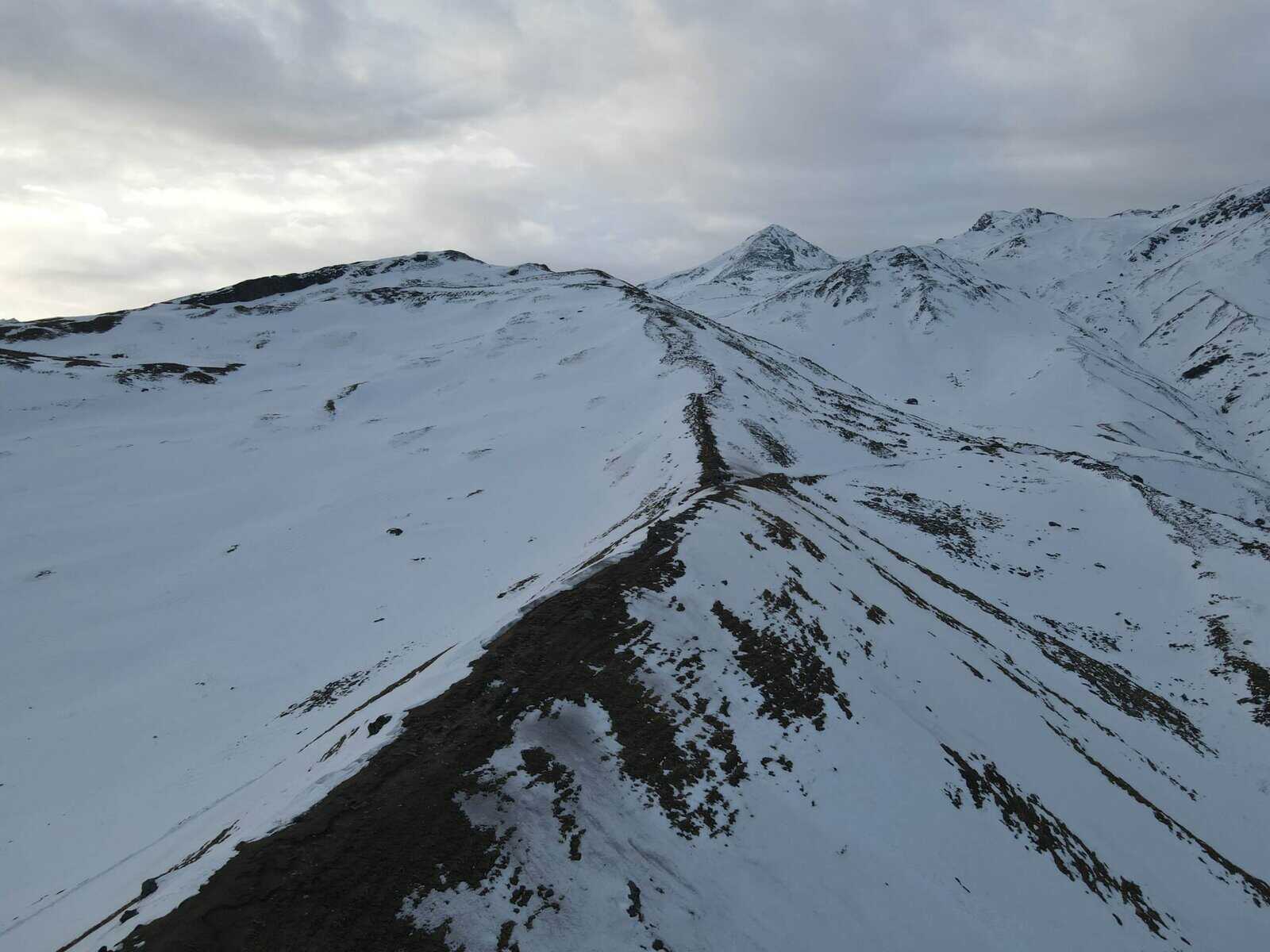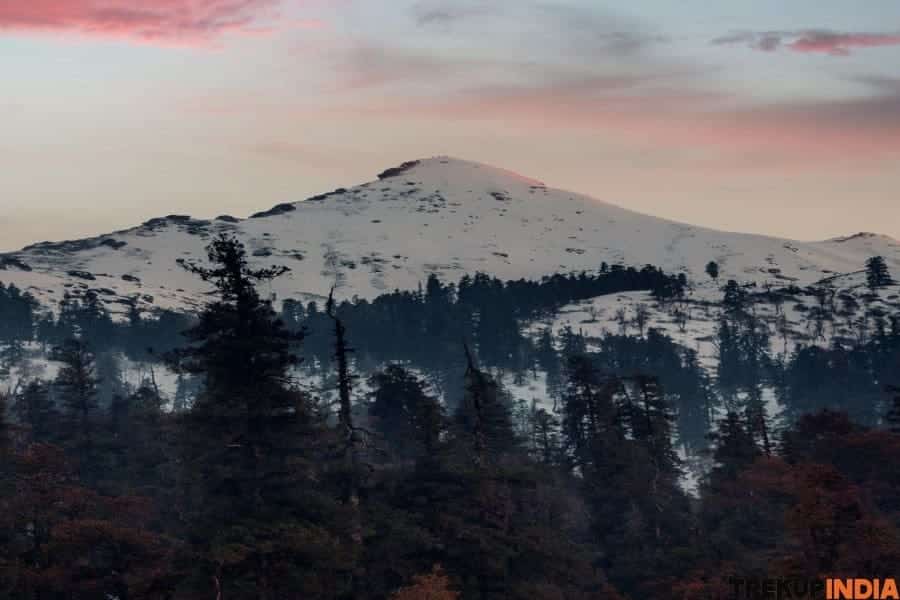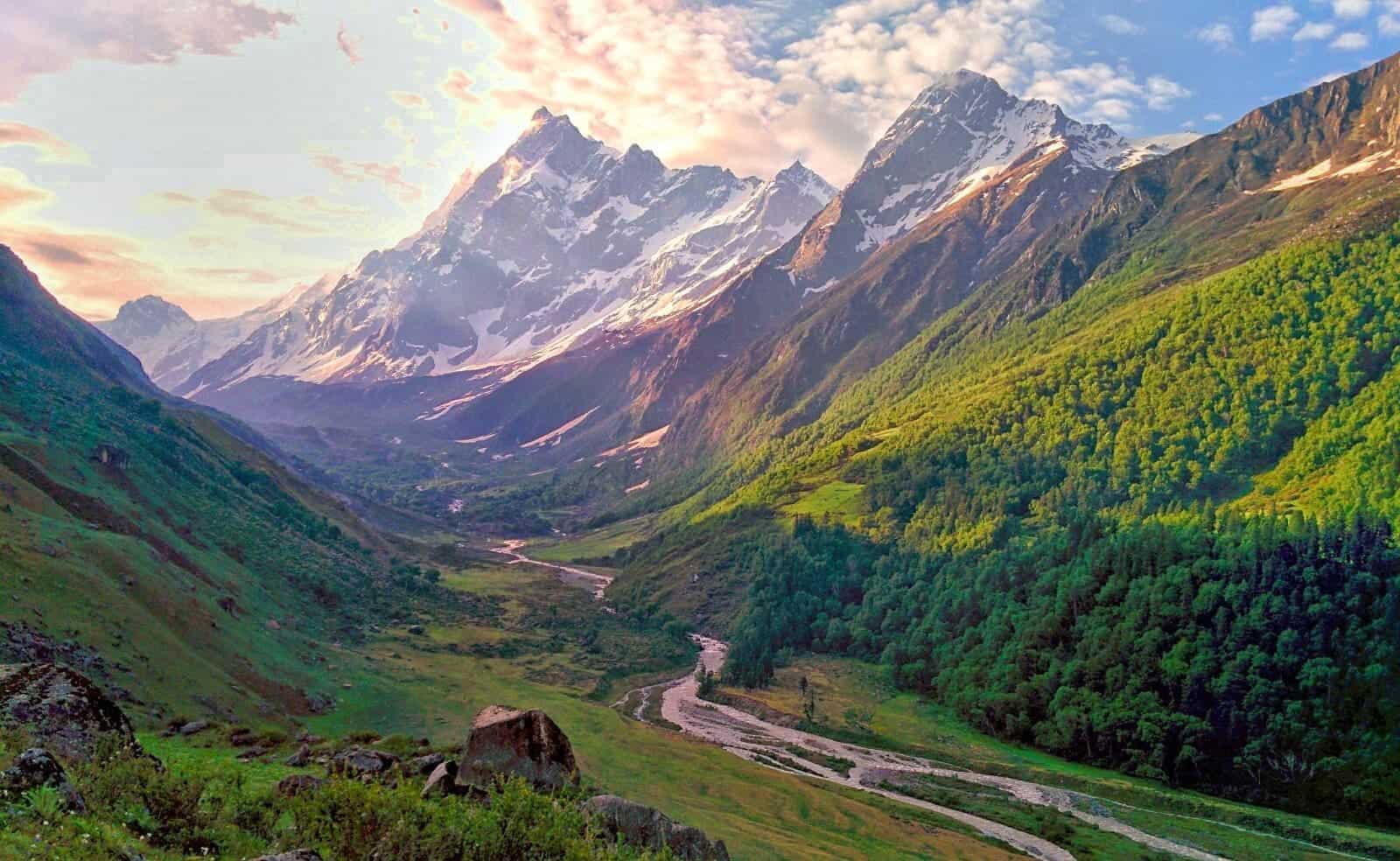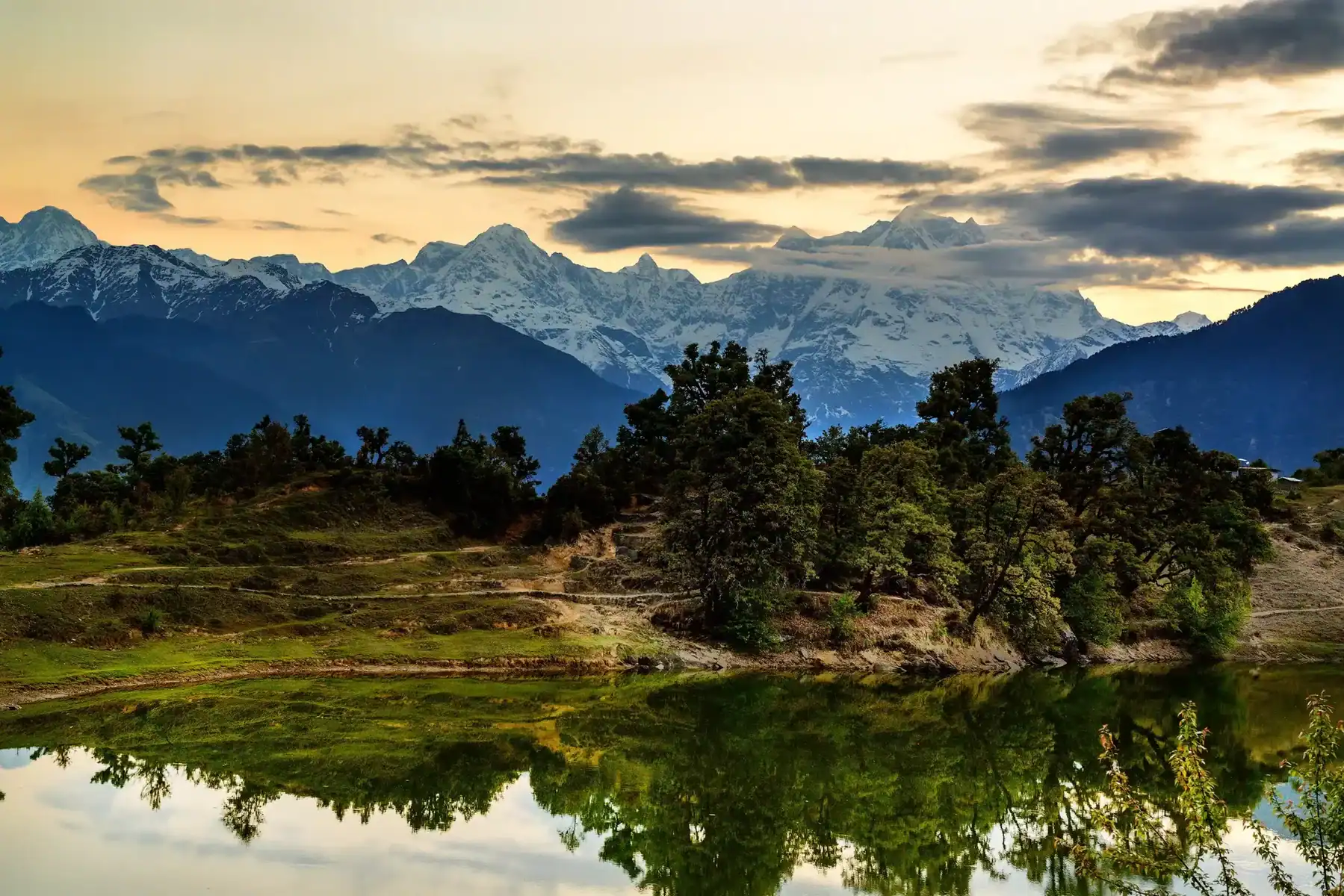Meal Planning for Multi-Day Treks: Balancing Weight and Nutrition
Suppose you’re planning a long distance trek through India’s Himalayas, whether through Kashmir’s rugged rocky routes. In that case, Himachal’s mountain passes, or Sikkim forests, which have dense foliage, one of the key decisions you must make is what food to bring.
TrekUp India understands the significance of finding an best balance between nutrition value and weight efficiency. Carrying too much can become burdensome; too much or inappropriate food could cause exhaustion, slow recovery, or illness.
Trekkers need help making smart, lightweight, and healthy food selections during long distance treks. That is what we provide here at Food For Trekking!
Why Meal Planning Matters on the Trek?
Burning calories more efficiently at altitude requires working harder. Your body has to exert itself more in low oxygen conditions to produce oxygen for your cells to use for fuel. Meal Planning Is Essential on the Trek
Planning meals can make for a smoother journey and minimize potential issues along your way.
Food can provide vital motivation. A tasty treat will elevate your spirits, reinvigorate your body, and aid recovery from long treks.
Unforeseen activities can lead to dehydration, muscular exhaustion, and digestive issues if left uncontrolled.
- Weight to Energy Ratio
To optimize weight to energy ratio in trekker meal planning, select foods offering greater calories per gram this way, your pack can remain lighter without losing its fuel capacity.
- Nutritional Balance Clean Eating
Carbs provide our primary energy source (e.g., instant noodles, rice, poha, or flattened rice).
Proteins for muscle repair (e.g., nuts, dal powder, protein bars, or soya chunks).
Fats long acting energy sources such as Ghee sachets or peanut butter mixes.
- Hydration Needs
Dry foods tend to be lighter in weight; however, they still require water sources along your route for consumption. It’s essential that if you plan to rely on these meals during a trek that there are sufficient sources available.
- Easy to Prepare
Opt for meals that require minimal heating, water, and fuel consumption when making their meal at higher altitudes, where boiling times take time to complete.
TrekUp India’s Recommended Foods for Multi-Day Treks
Category | Lightweight Trekker-Friendly Foods |
Breakfast | Instant oats, dry fruits, poha, upma packets |
Snacks | Energy bars, roasted chana, nuts, dried fruits |
Lunch (on-the-go) | Theplas, stuffed parathas, peanut ladoos, khakhra |
Dinner | Instant noodles, soup packets, pre-mixed khichdi, dalia |
Add-ons | Ghee sachets, ORS, tea bags, powdered soup |
Pack Your Meals For Day to Day Portion Control
Prep meals daily using zip lock bags or pouches in order to control portion sizes and monitor consumption. Doing this helps avoid over packing while providing you with an easy way to monitor what you eat each day.
Minimal Packaging
- Ditch the bulky packaging. Switching to reusable bags with labels can reduce weight and cut consumption costs significantly.
- Pre Cook Where Possible Roasted or cooked parathas can save time, fuel, and effort when traveling to a campsite.
- Use Local Ingredients When appropriate, elevate the meal by including ingredients from nearby villages such as Chapati or eggs cooked over an open flame which add an authentic flair.
- Hydration & Electrolytes Don’t overlook the importance of staying hydrated by carrying electrolytes along with you on your travels.
- Electrolyte tabs or ORS (Oral Rehydration Solution), herbal teas, or sugar powder are great ways to stay hydrated during an activity filled day.
- Compact and efficient water purifiers or Iodine tablets are available on the market.
- Electrolytes help manage energy levels and relieve fatigue or cramps caused by imbalances in electrolytes.
What to Avoid
- Food stored in cans is too heavy and bulky.
- Sugar Rush Can Lead To an Instant Crash
- Highly processed items, which can be difficult to digest when traveling to higher altitudesare discouraged.
- Salty items increase thirst.
When trekking at high altitudes, your body will be put under constant stress. Each gram you carry must count for fueling, warming up, or recuperation that is why we advise trekkers to prioritize quality over quantity when choosing meals; an efficient meal plan helps not only with carrying less weight but also ensures you remain energized, safe, and prepared for what comes next.
If you’re planning a group trek or solo Himalayan excursion, remember that food is more than fuel; it serves as your guide.
Conclusion
TrekUp India believes in providing food that provides more than simply fuel; we aim to be your trekking partner that gives strength, comfort, and encouragement when the terrain becomes challenging.
By carefully balancing nutritional quality with weight management and planning meals ahead of time, to can reduce back strain while increasing endurance and recovering quickly. When combined with water consumption and mindful ingredient choices, your body can have everything it needs to perform at its best, even during challenging situations.
Before setting out on your journey, be mindful that every bite you consume has its purpose. Pack food of high-quality that can fuel your journey.
About Author

Anoop Rawat (Admin TrekUp India)
Anoop has worked for 5 years as a Trek Leader with TrekUpIndia, leading numerous treks across the diverse and challenging terrains of Uttarakhand and Himachal Pradesh. He holds a degree in Geology with a specialization in Geographic Information Systems (GIS) from UPES Dehradun. During his academic years, he actively applied his classroom knowledge in the field—most notably by contributing to a glacier research project on the Jundar Glacier in the Har Ki Dun Valley, Uttarakhand. Write Anoop at anoop@trekupindia.com
Share this article
Dates For Upcoming Treks
Want To Trek Like Pro?
Basically, watch these videos if you want to trek the same way professional trekkers do and make your skills better. These videos contain useful tips and techniques to further improve your trekking skills itself. These videos actually help both new and experienced trekkers improve their trekking skills. These videos definitely provide useful tips that make your trek better. We are seeing that these videos by Trekup India experts will only help you make your trekking skills better.
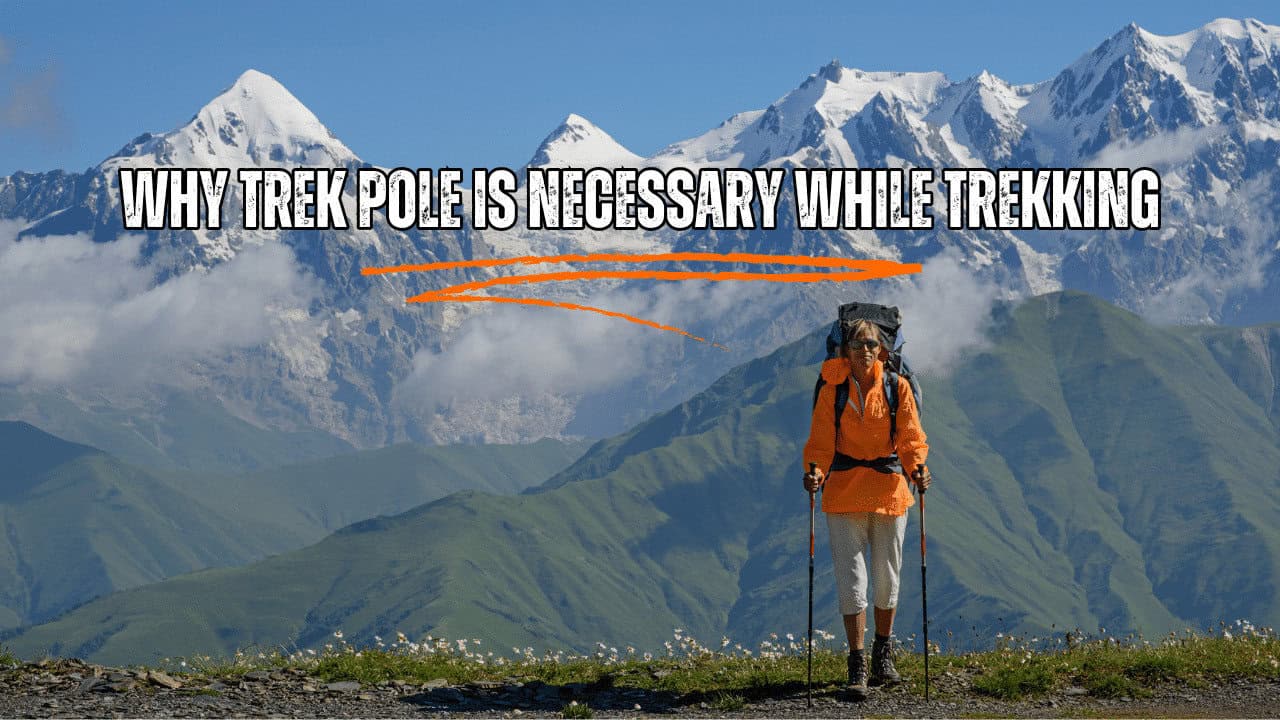






Know Everything About Acute Mountain Sickness
Acute Mountain Sickness occurs when people trek to high altitudes above 8,000 feet. This condition itself develops further due to reduced oxygen levels at such heights. Basically, as you go higher up, the air pressure and oxygen levels decrease, which causes the same problem. Acute Mountain Sickness surely causes headache, nausea, vomiting, and dizziness in affected persons. Moreover, peoples also experience difficulty in sleeping during this condition. To avoid mountain sickness, you should actually trek up slowly to higher altitudes. To learn further about this condition itself, watch the videos by Trekup India.
